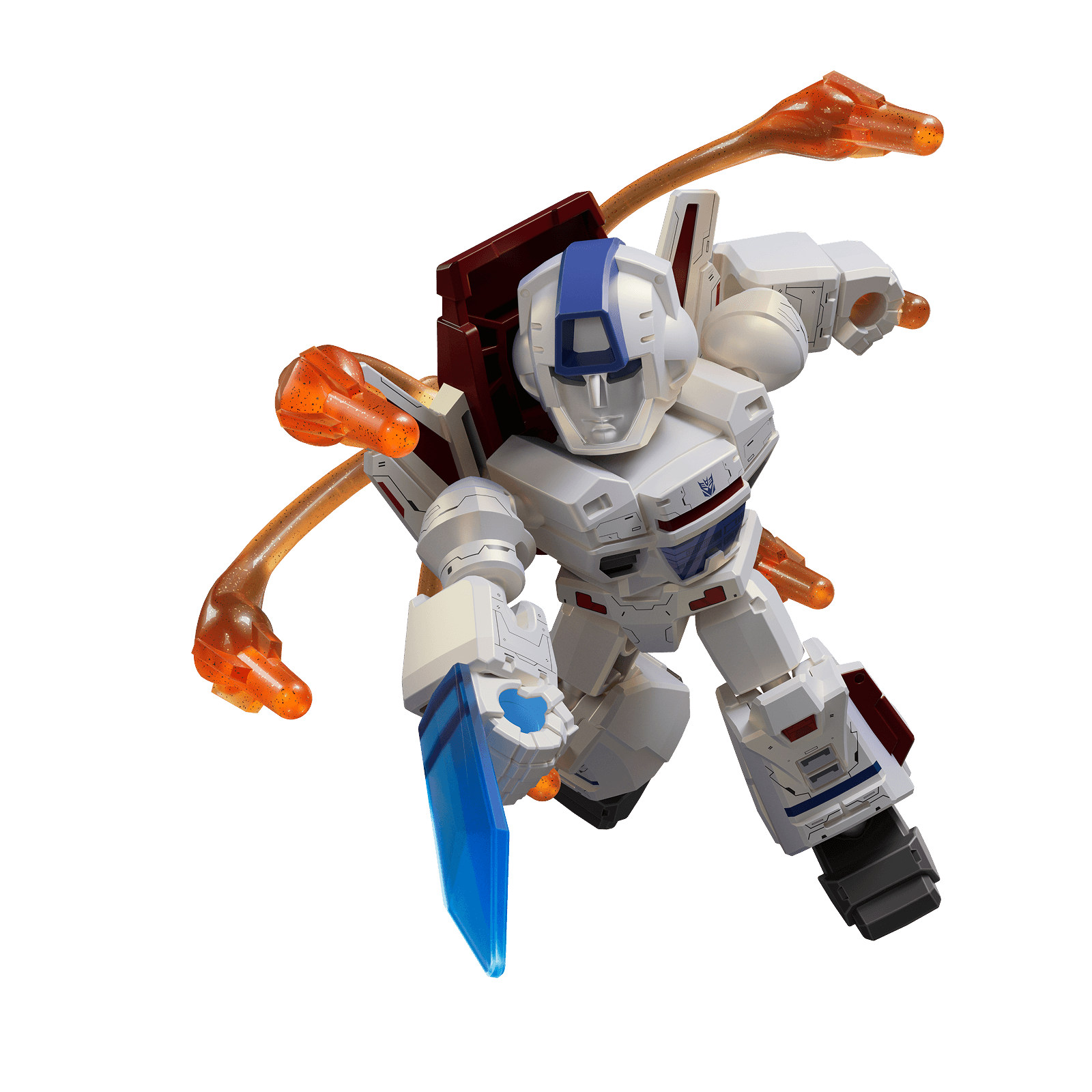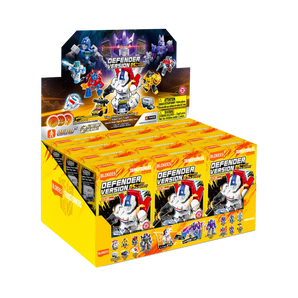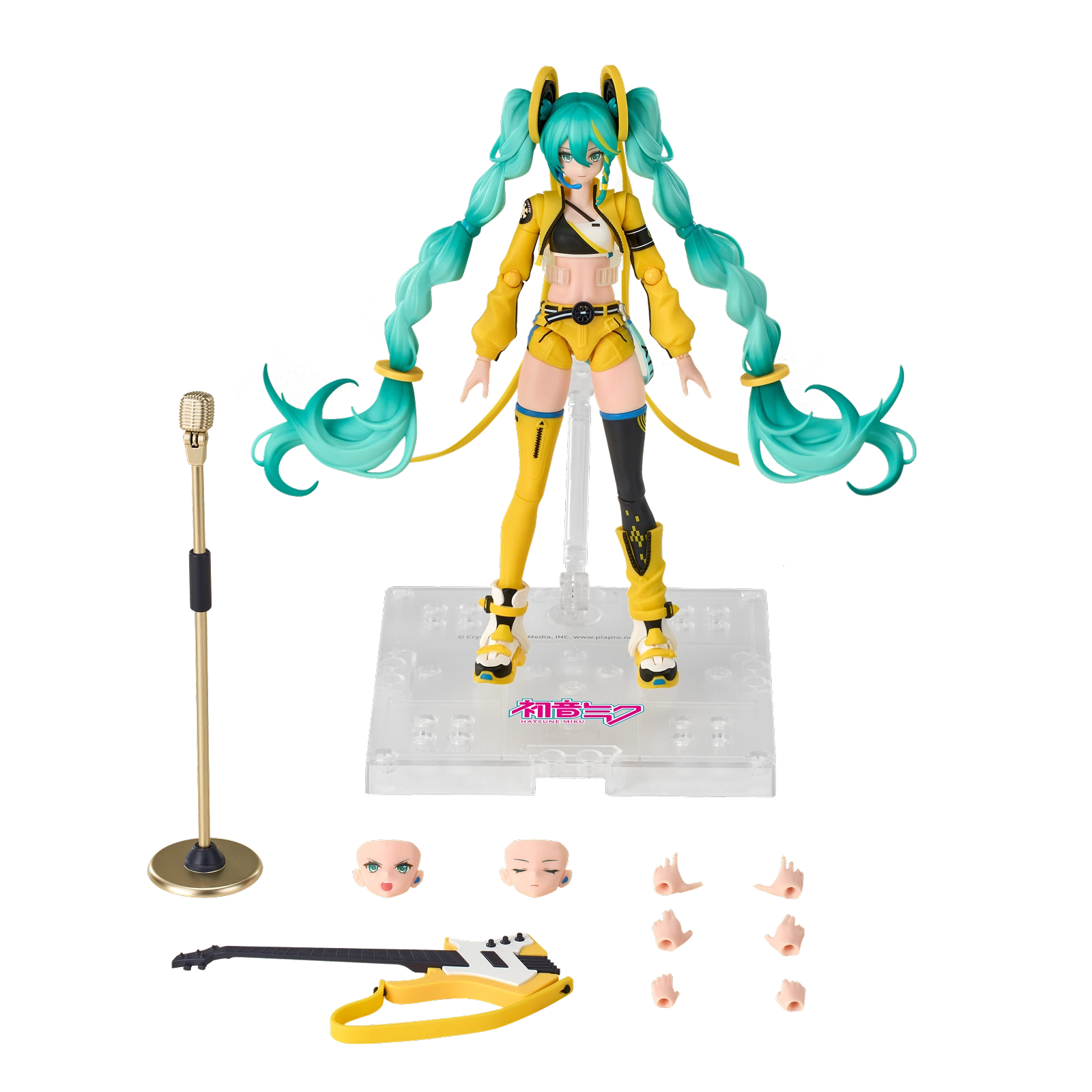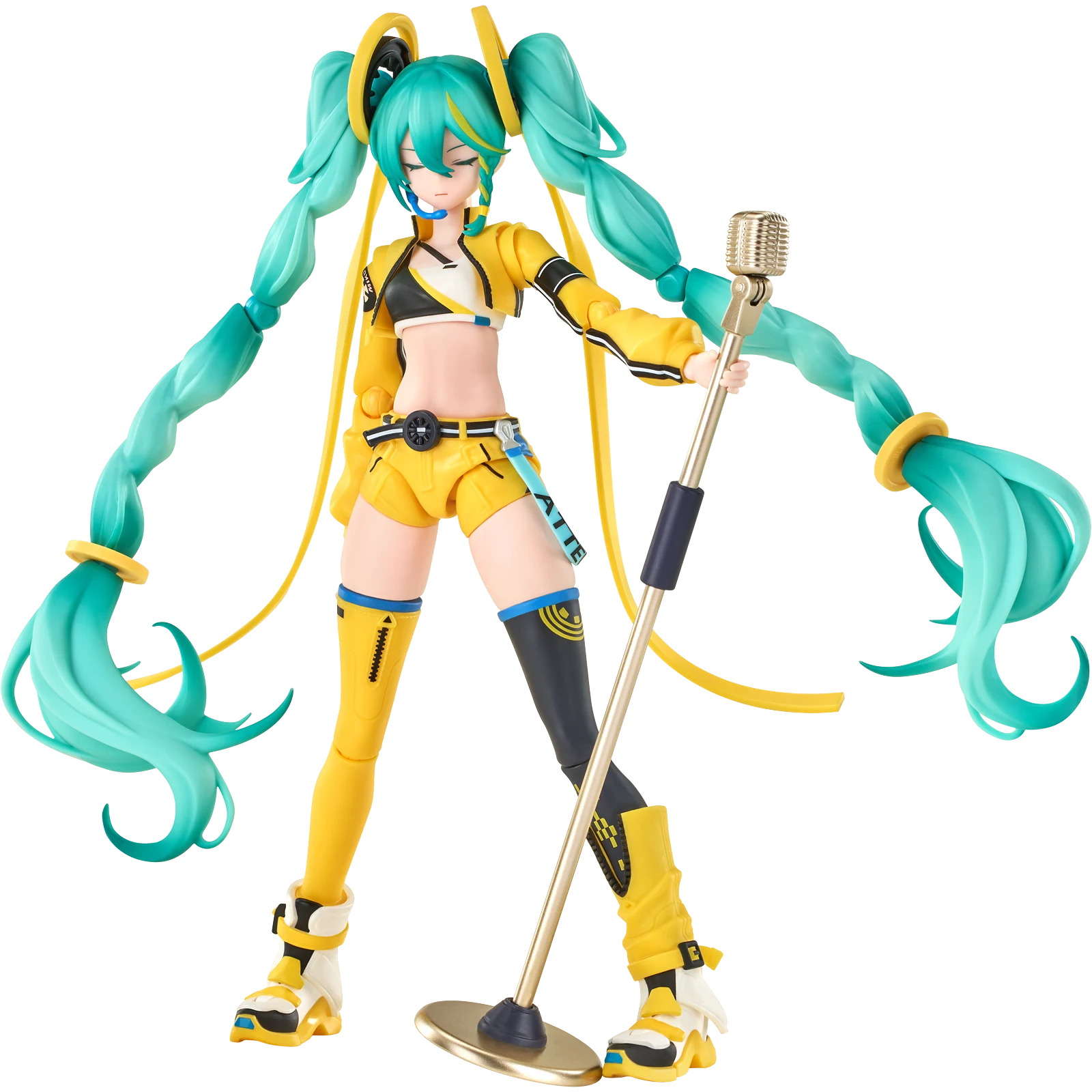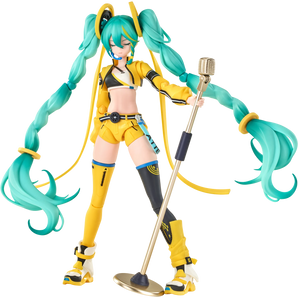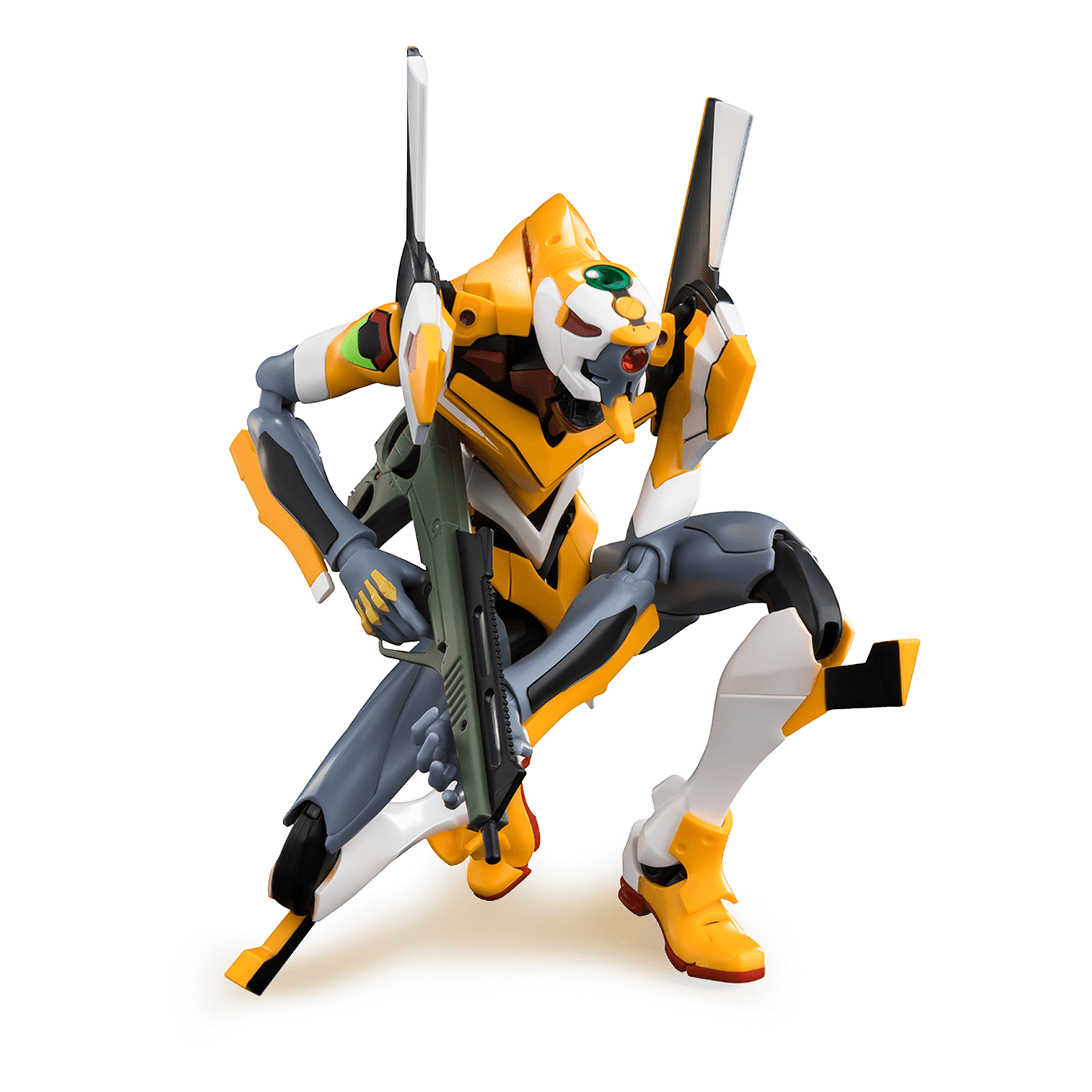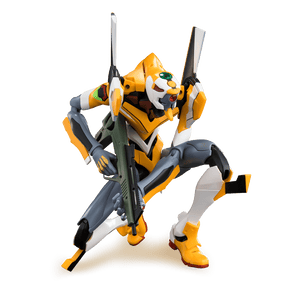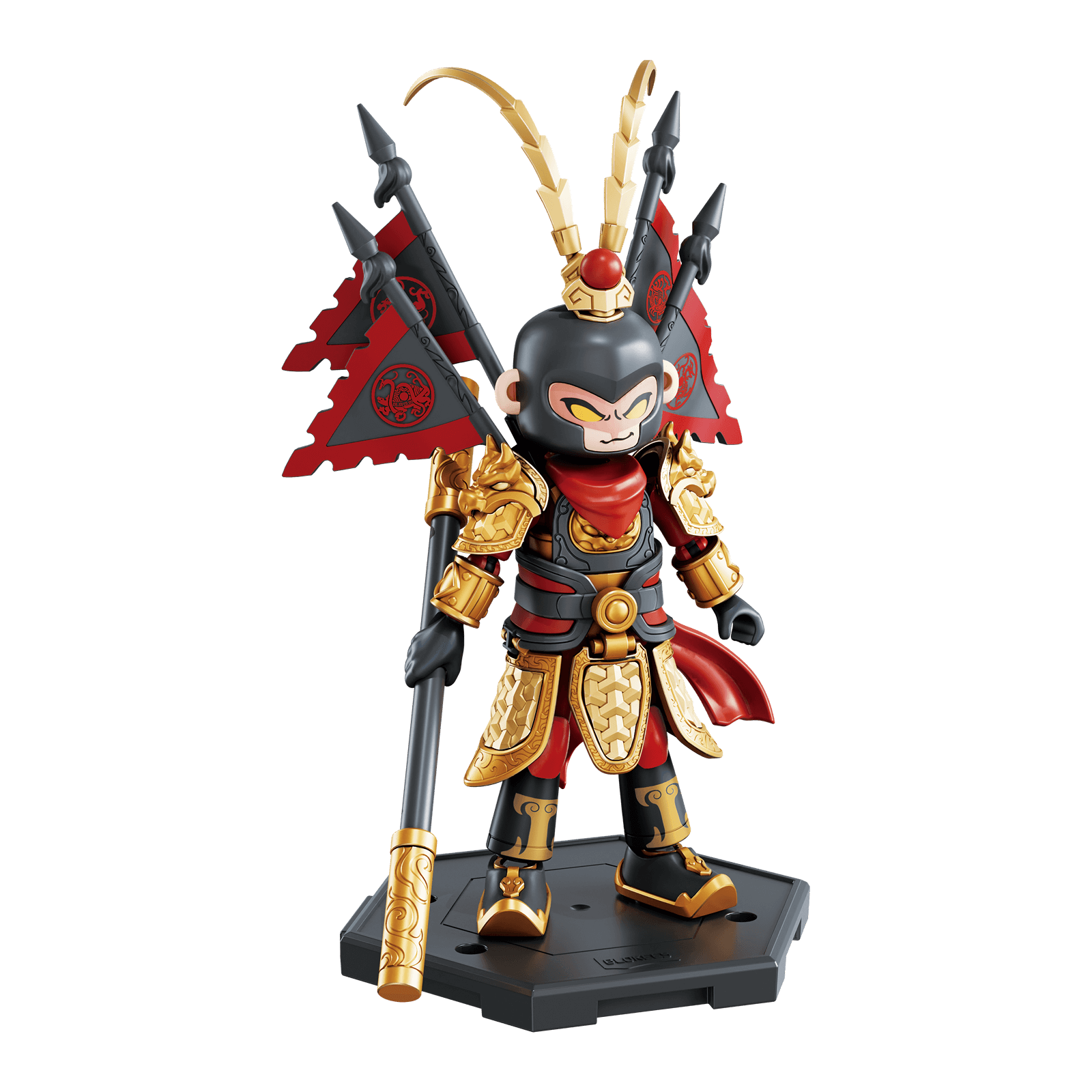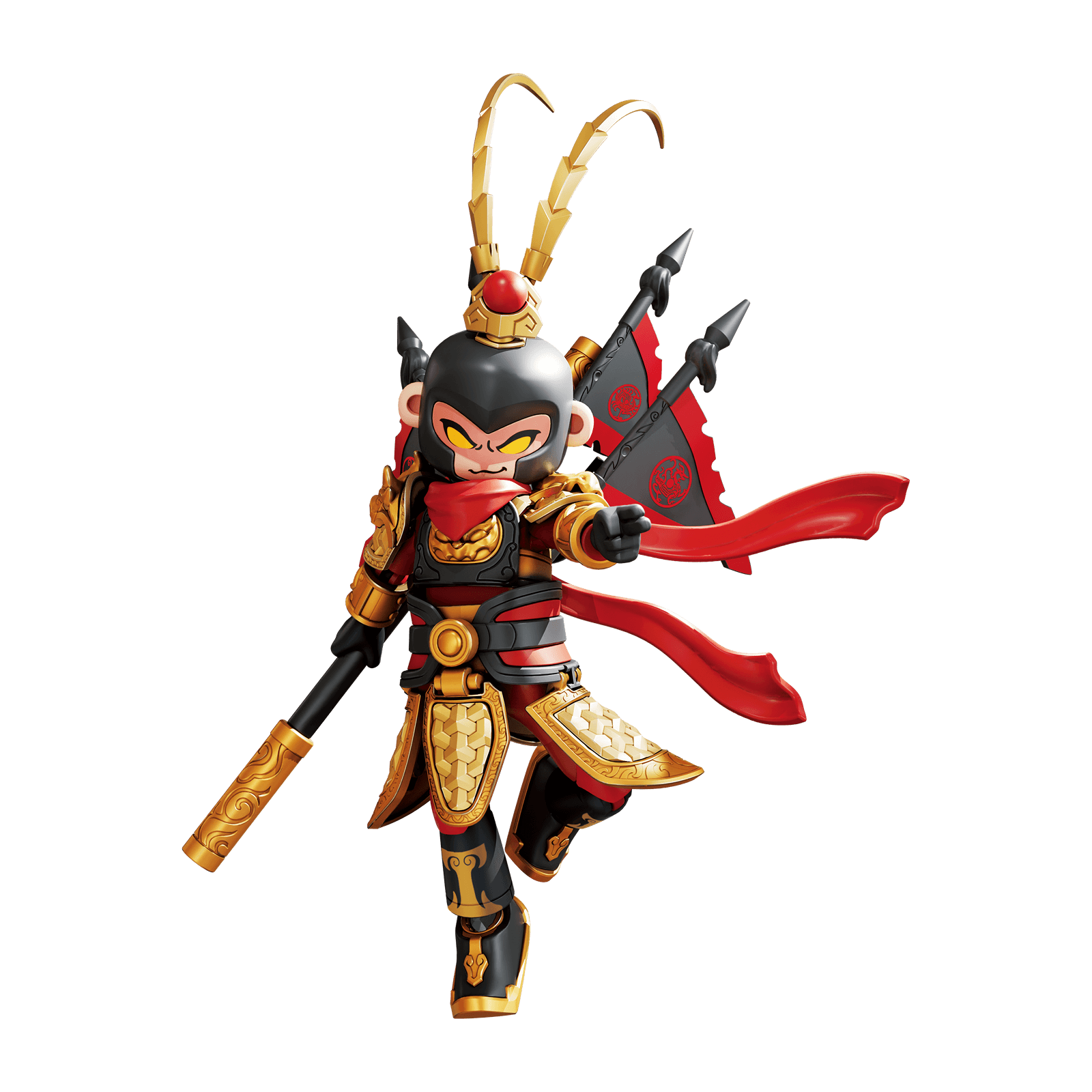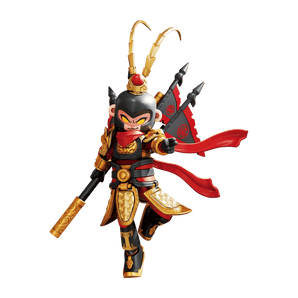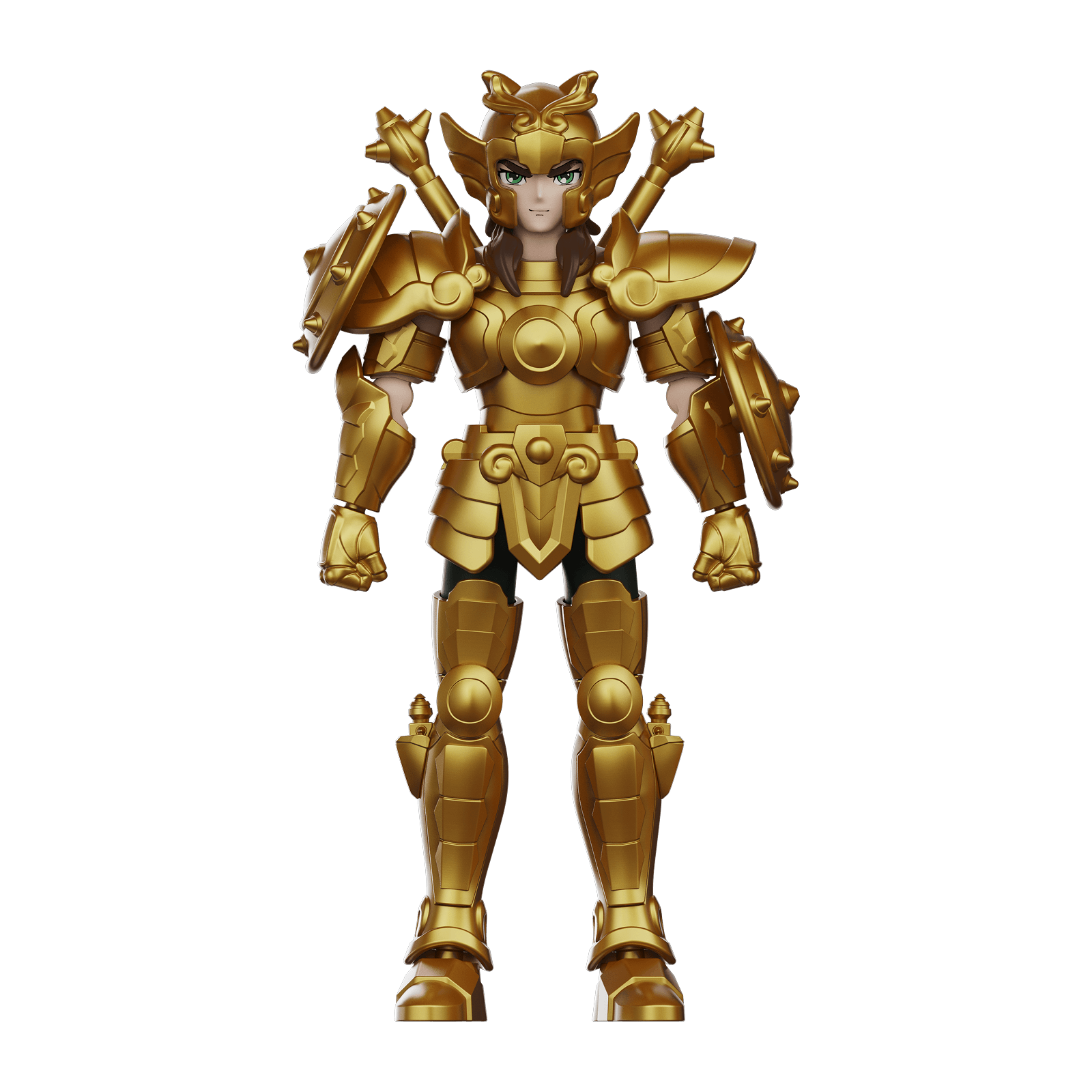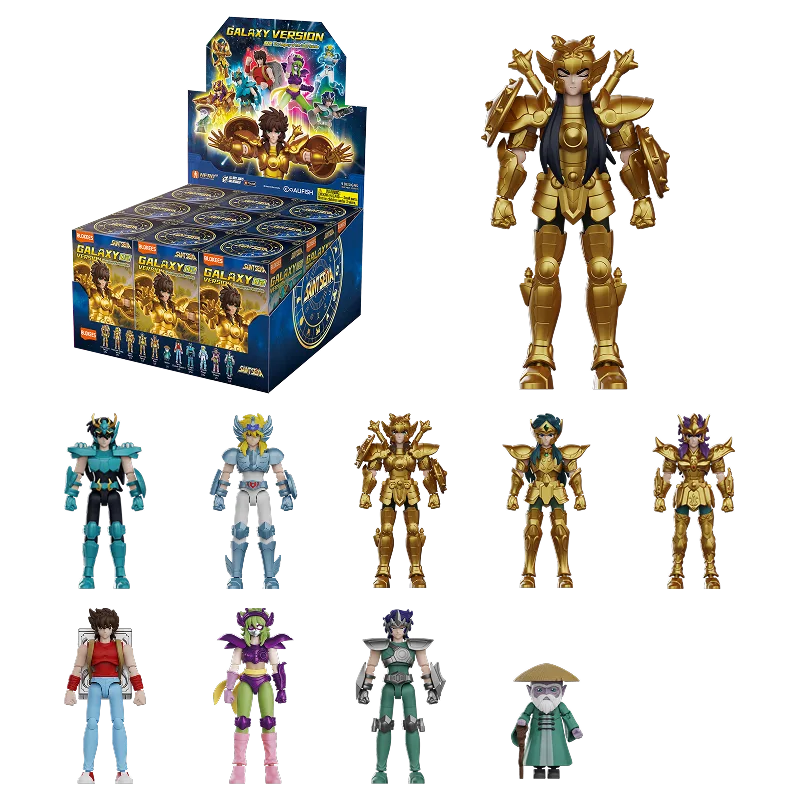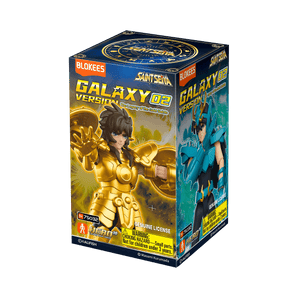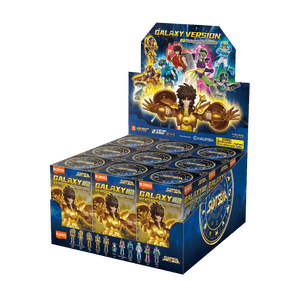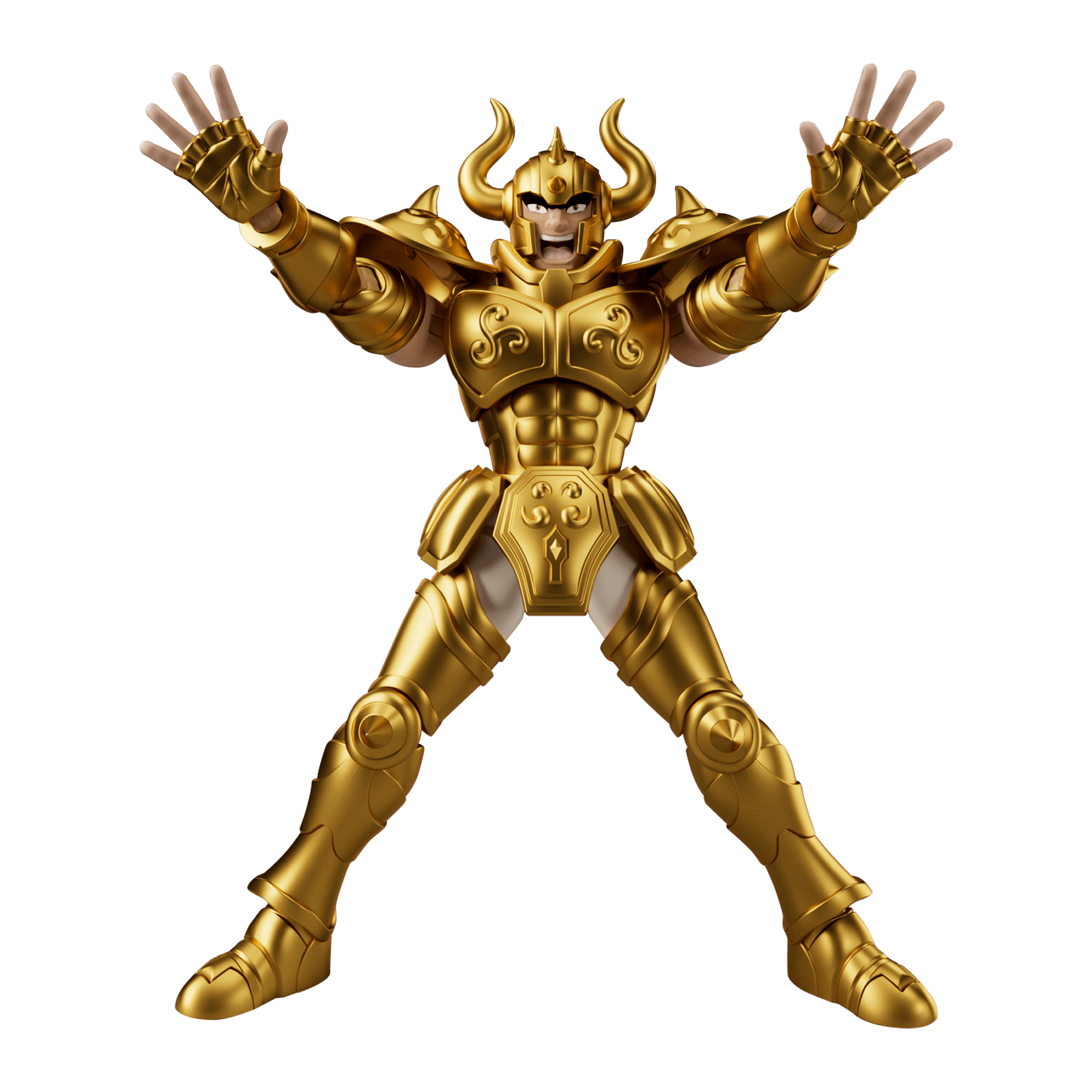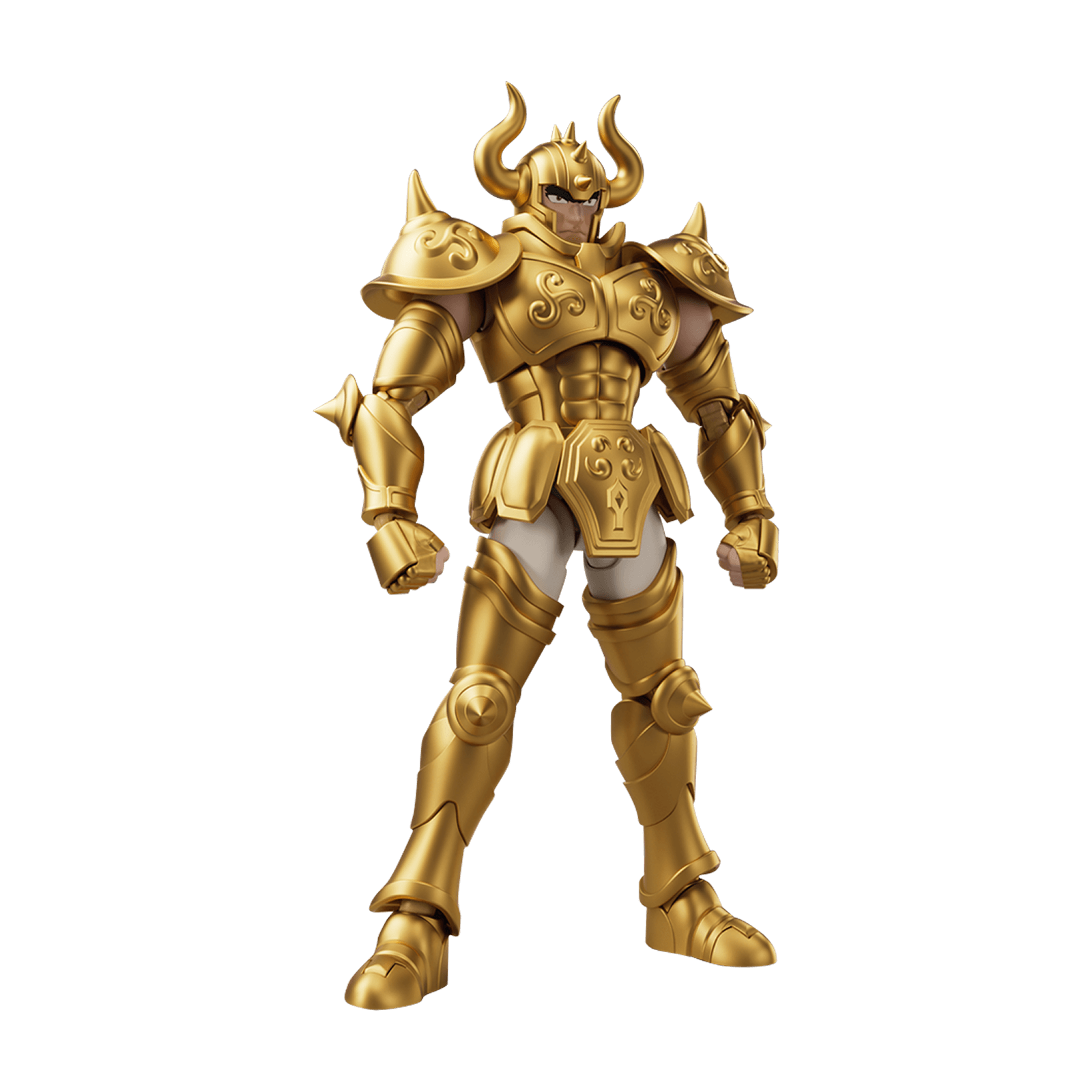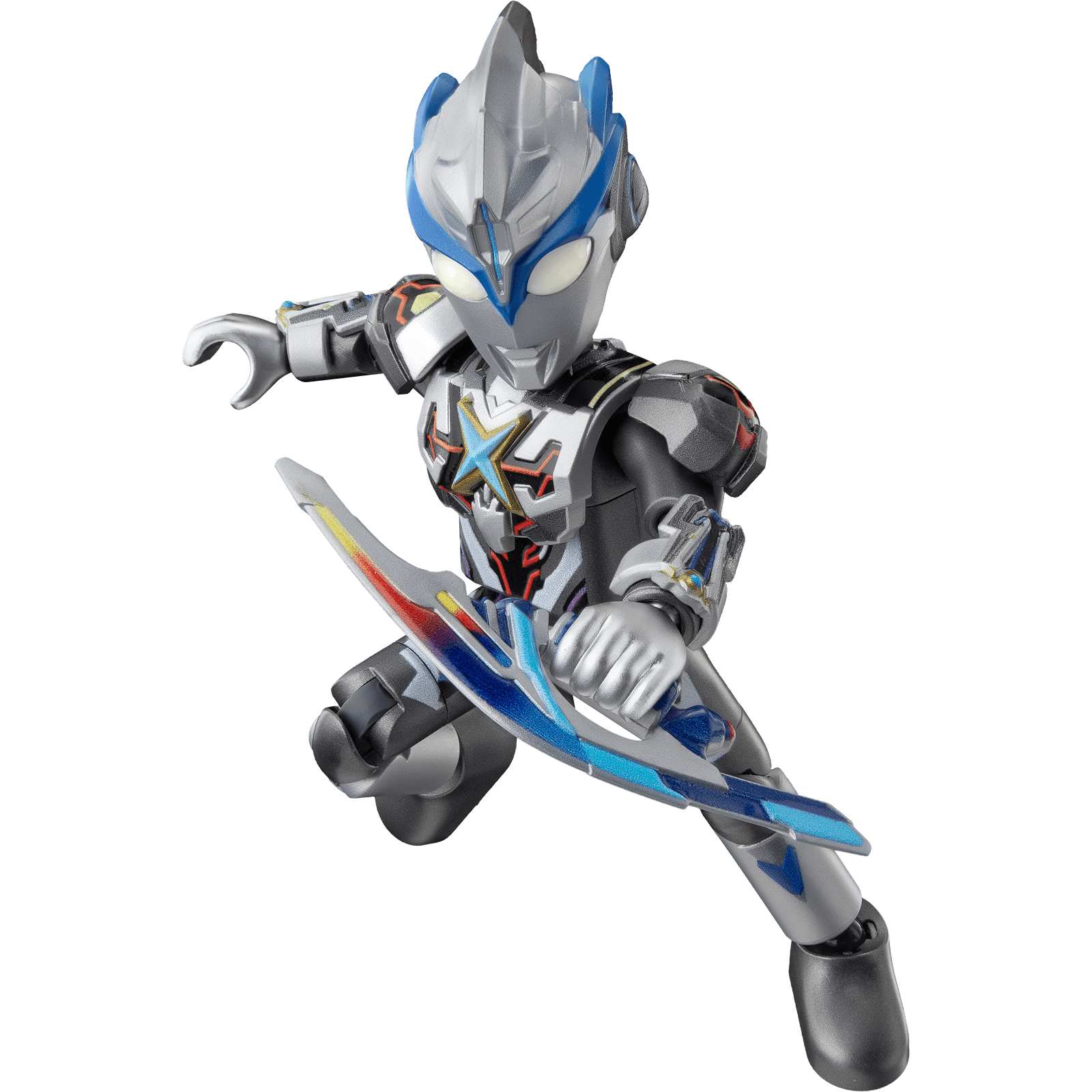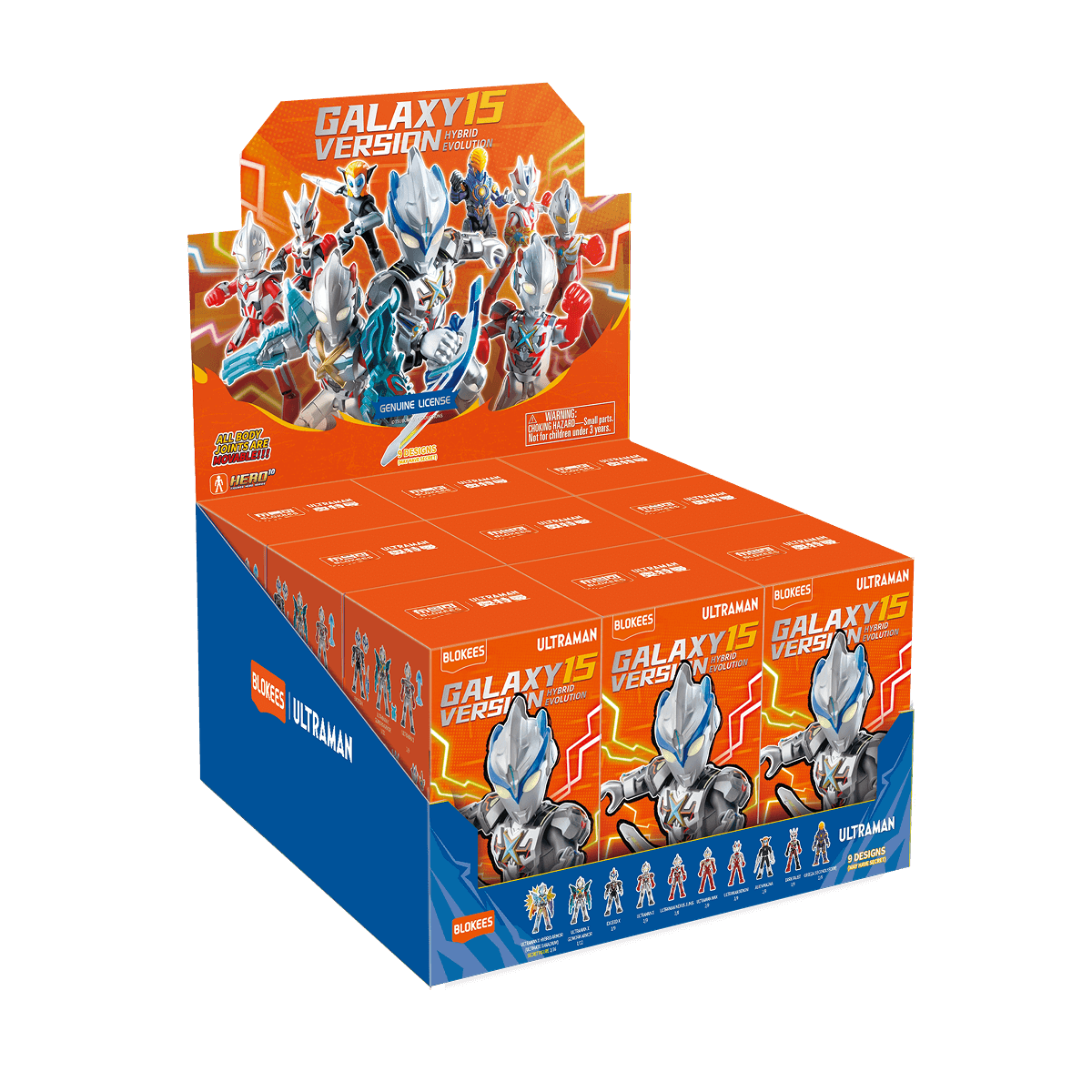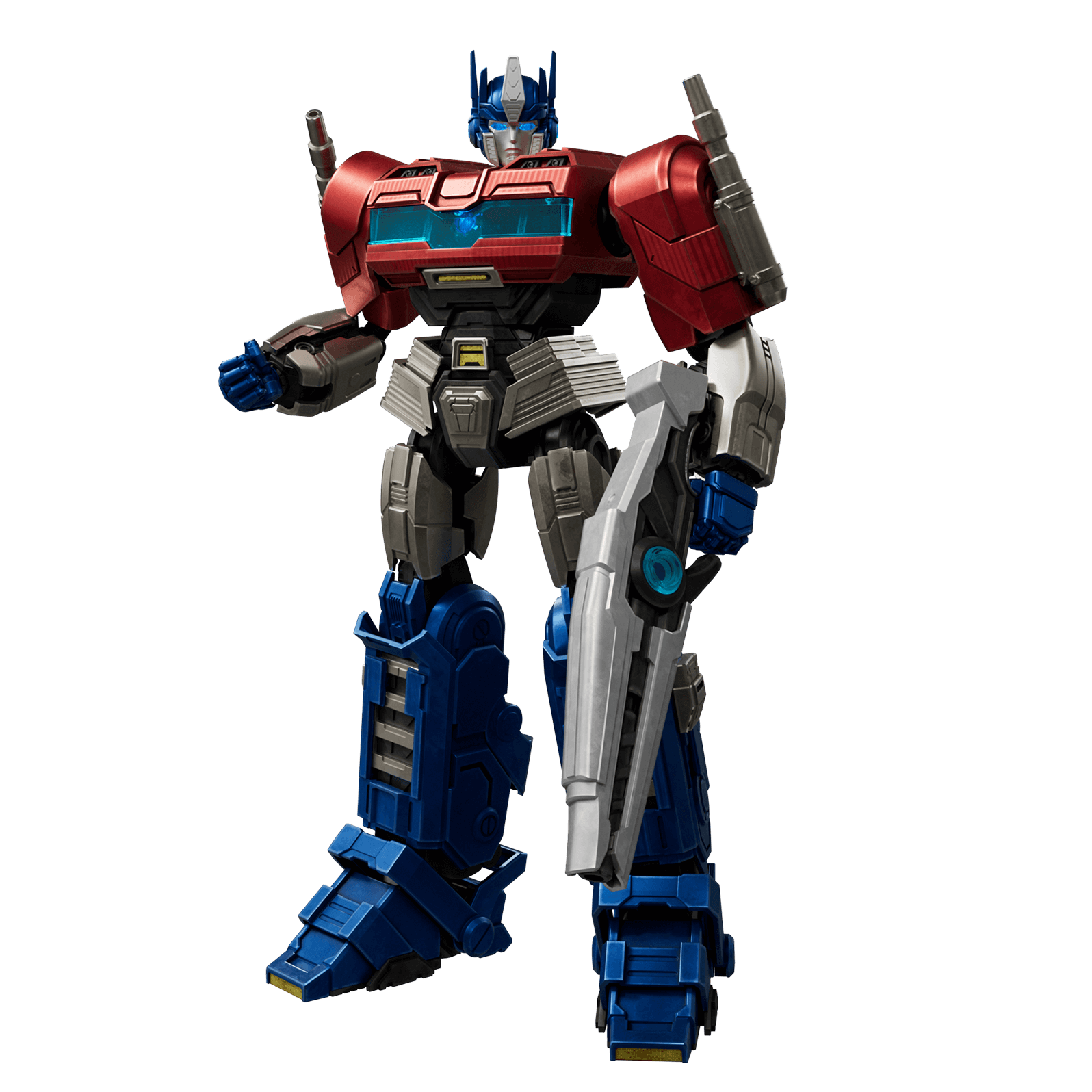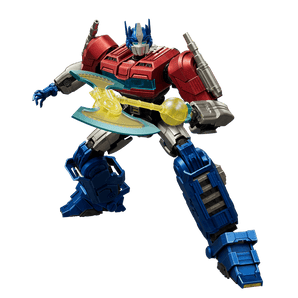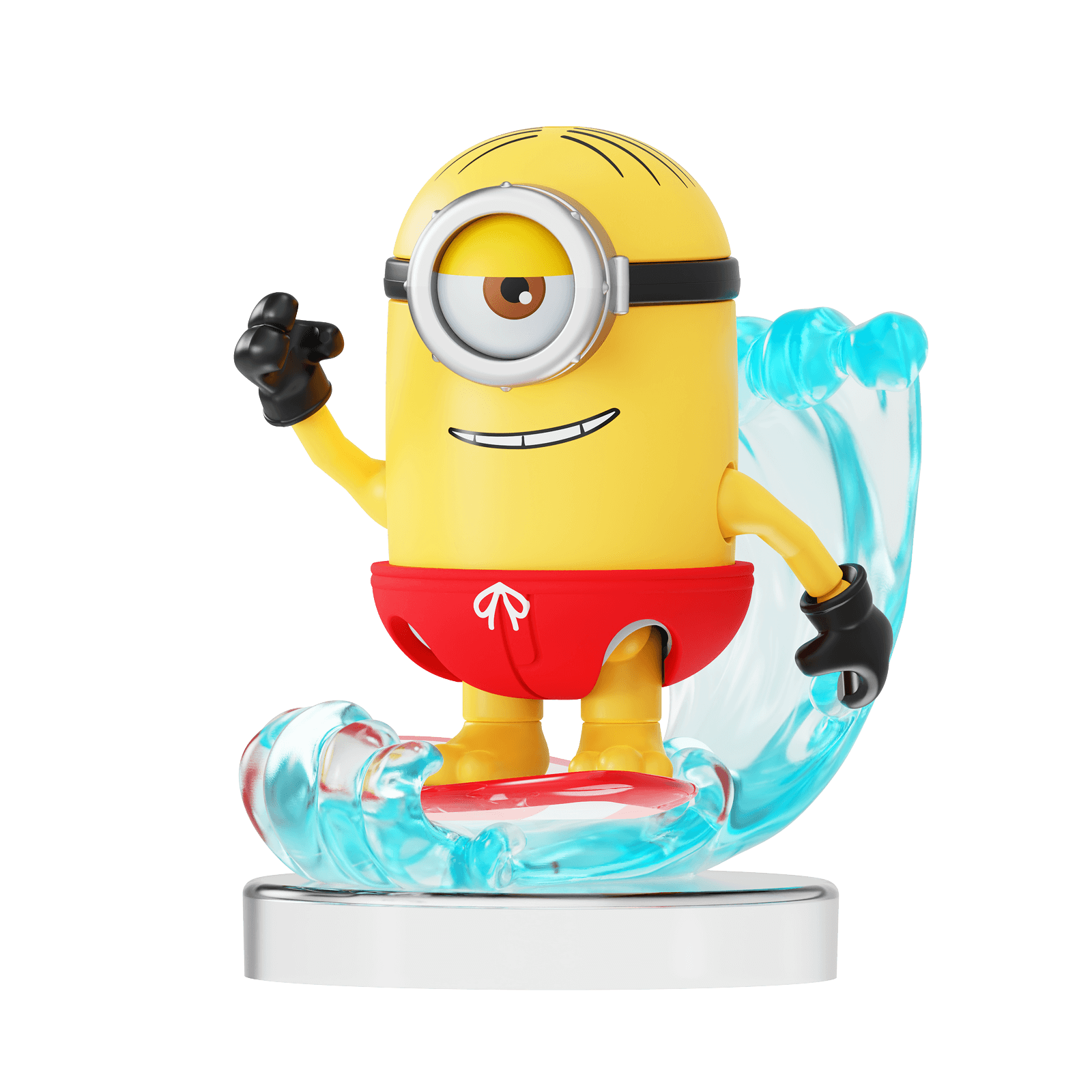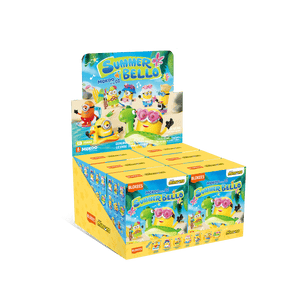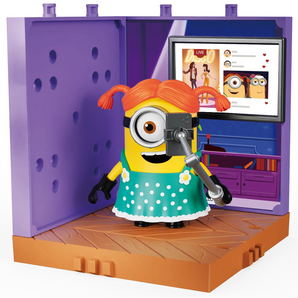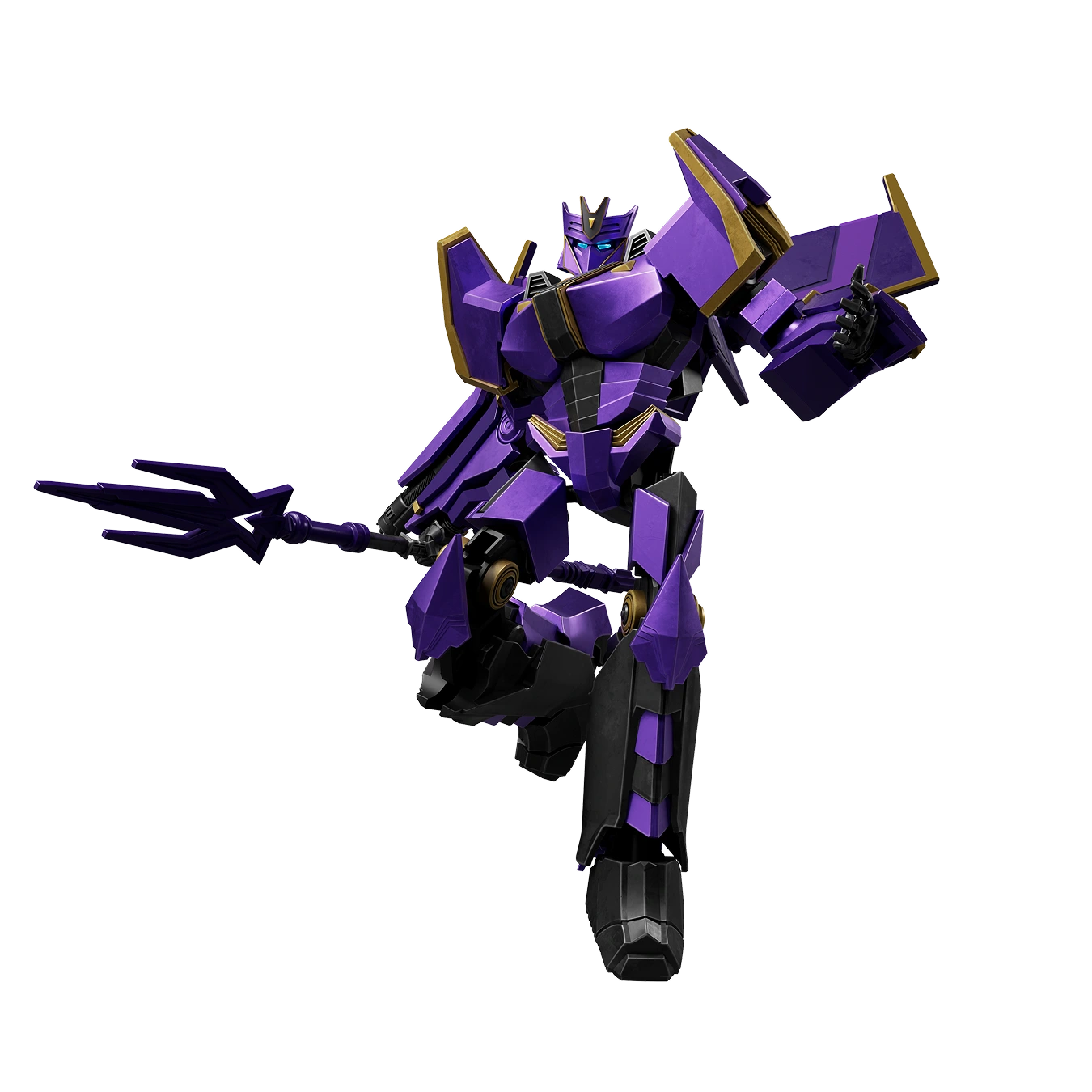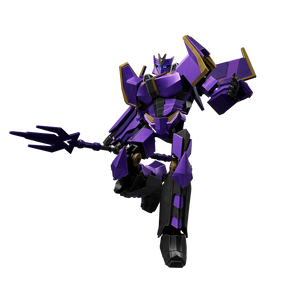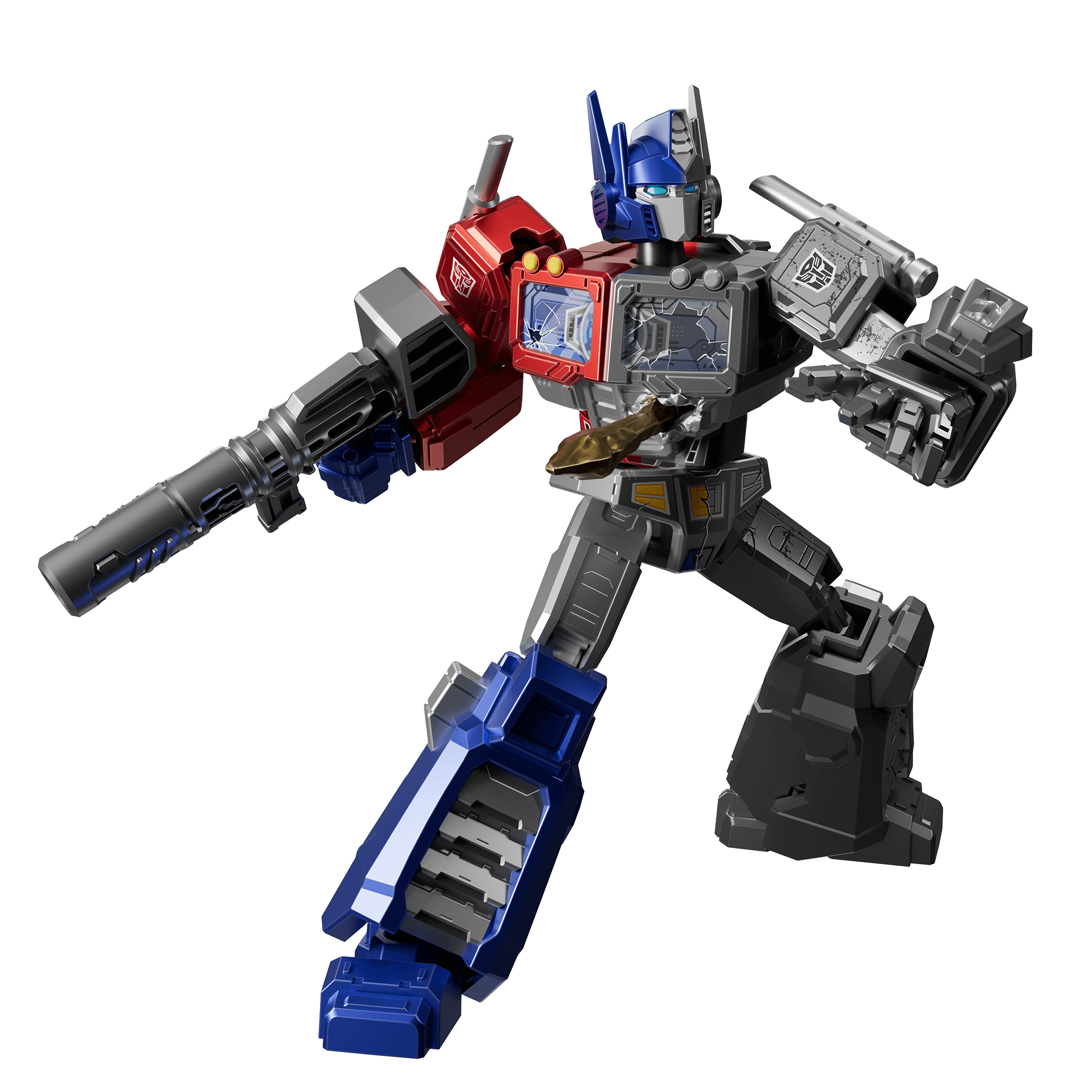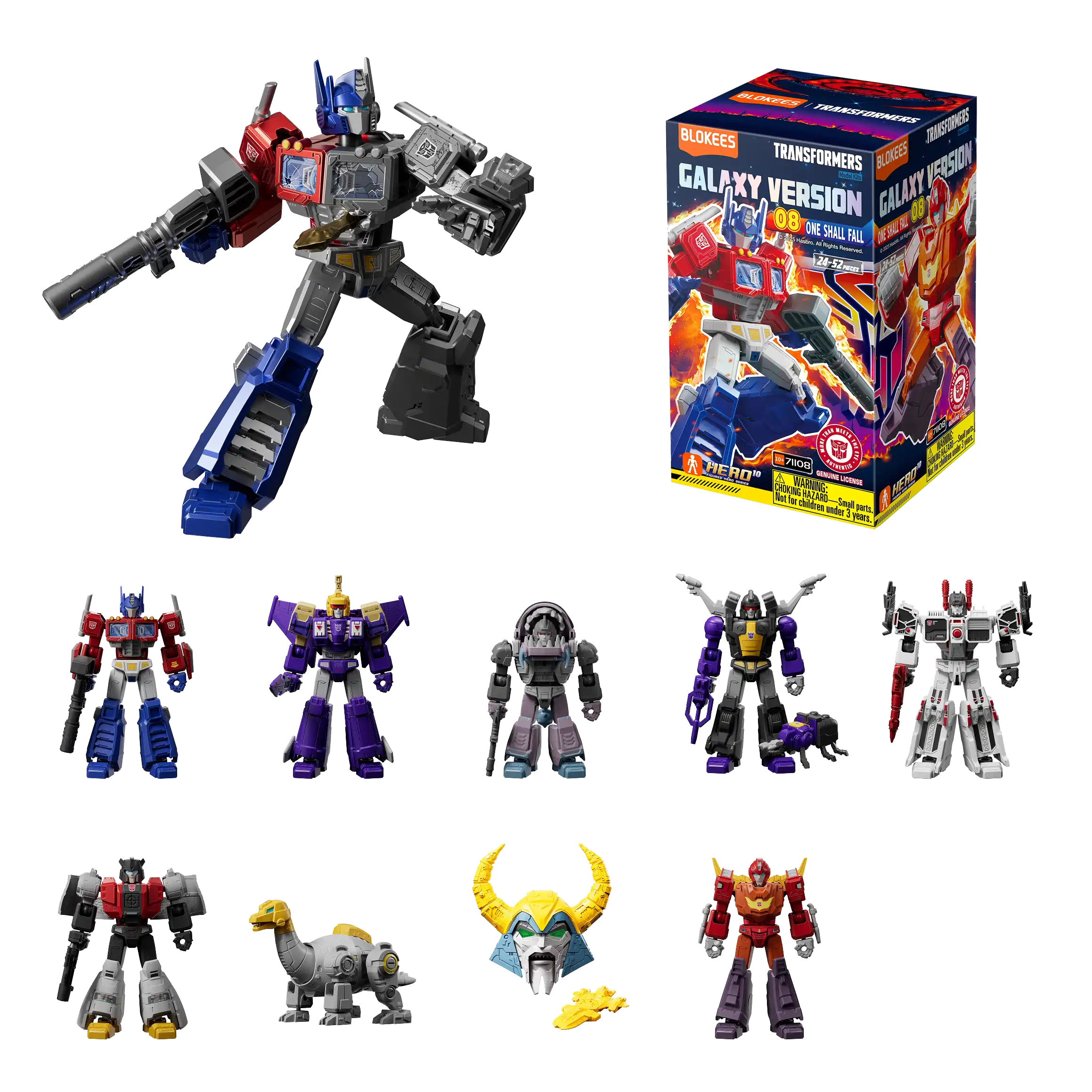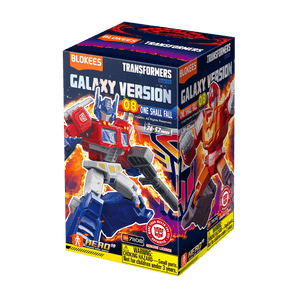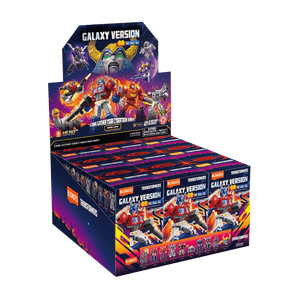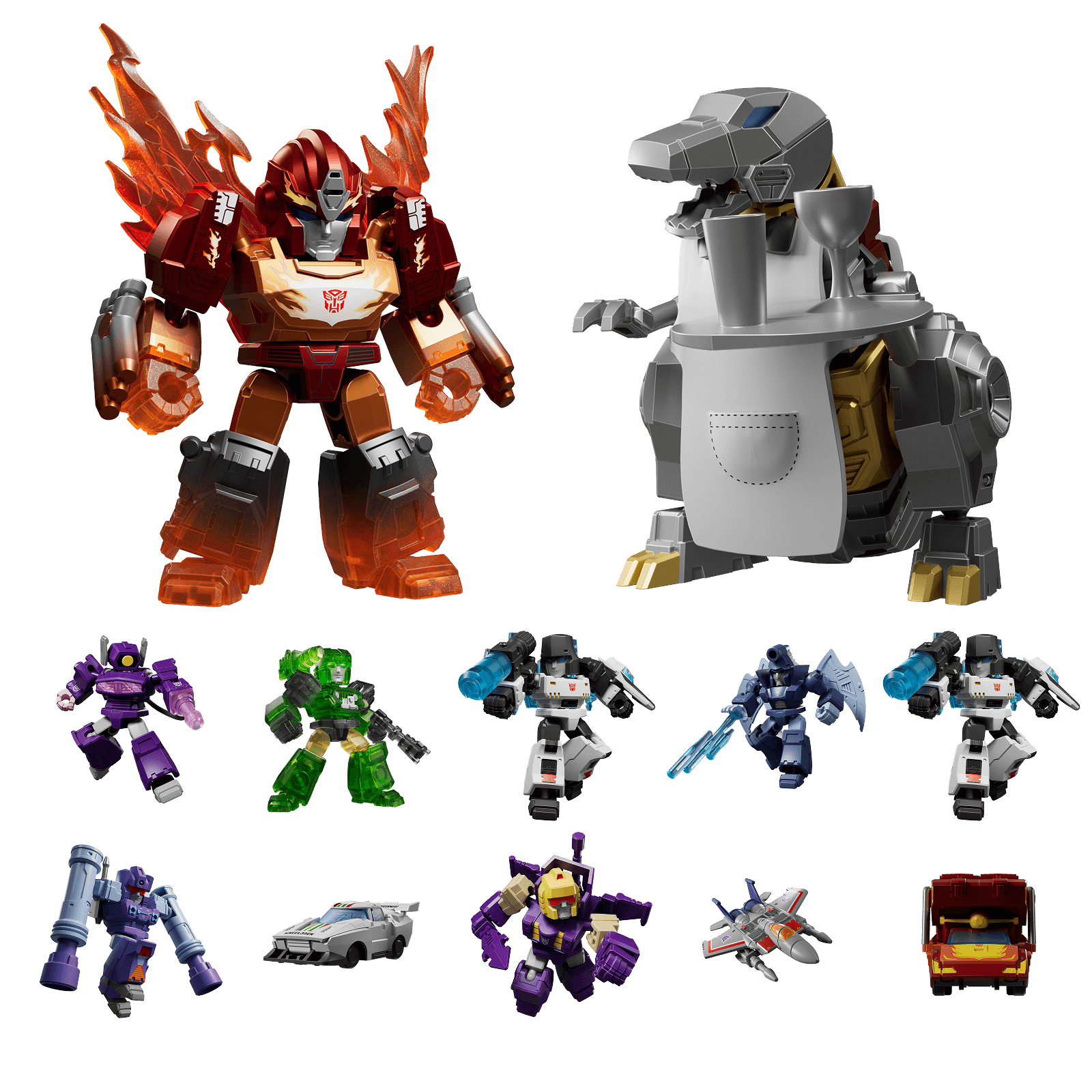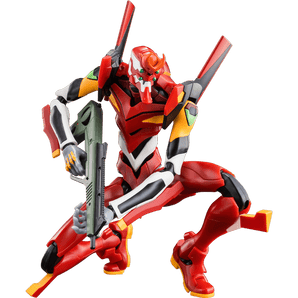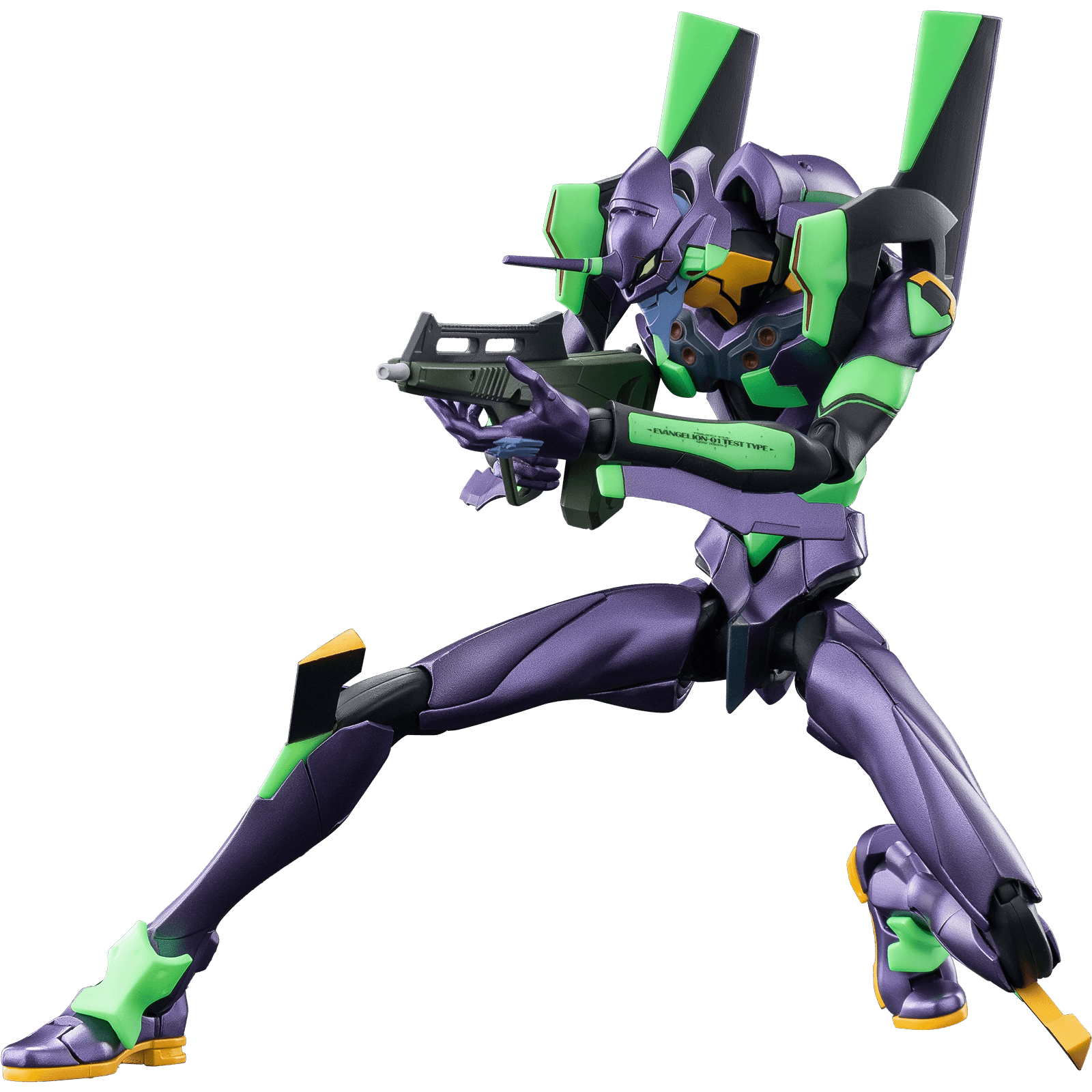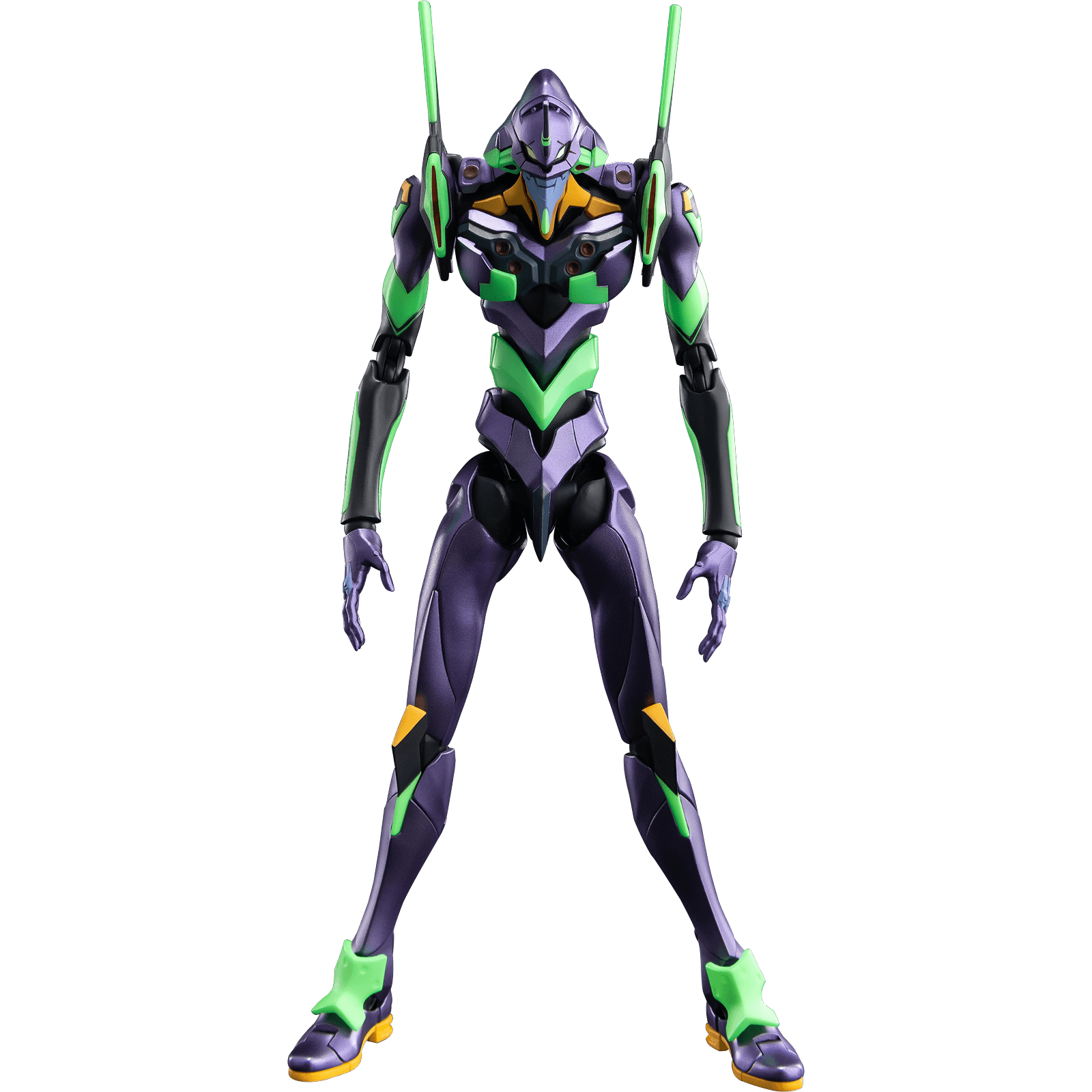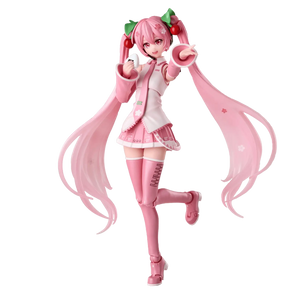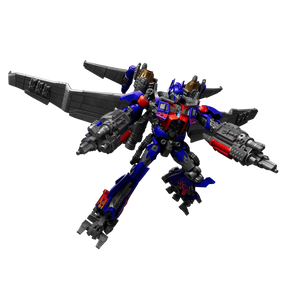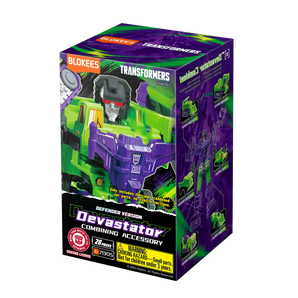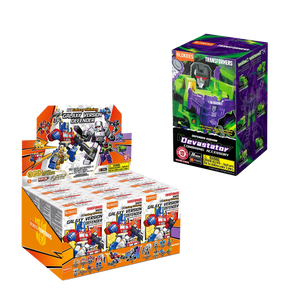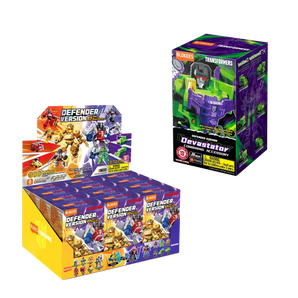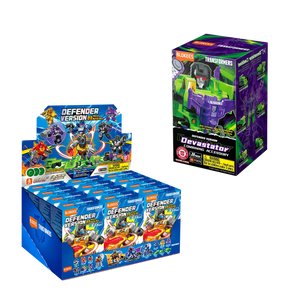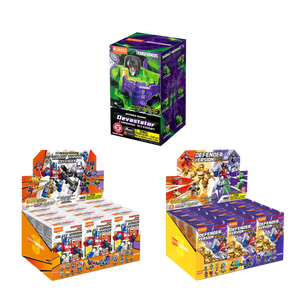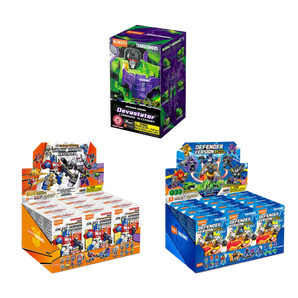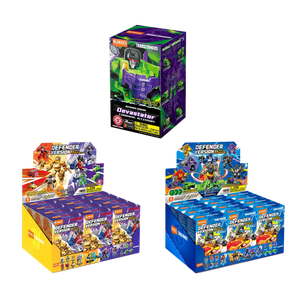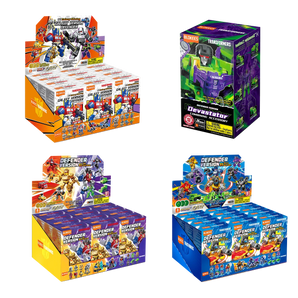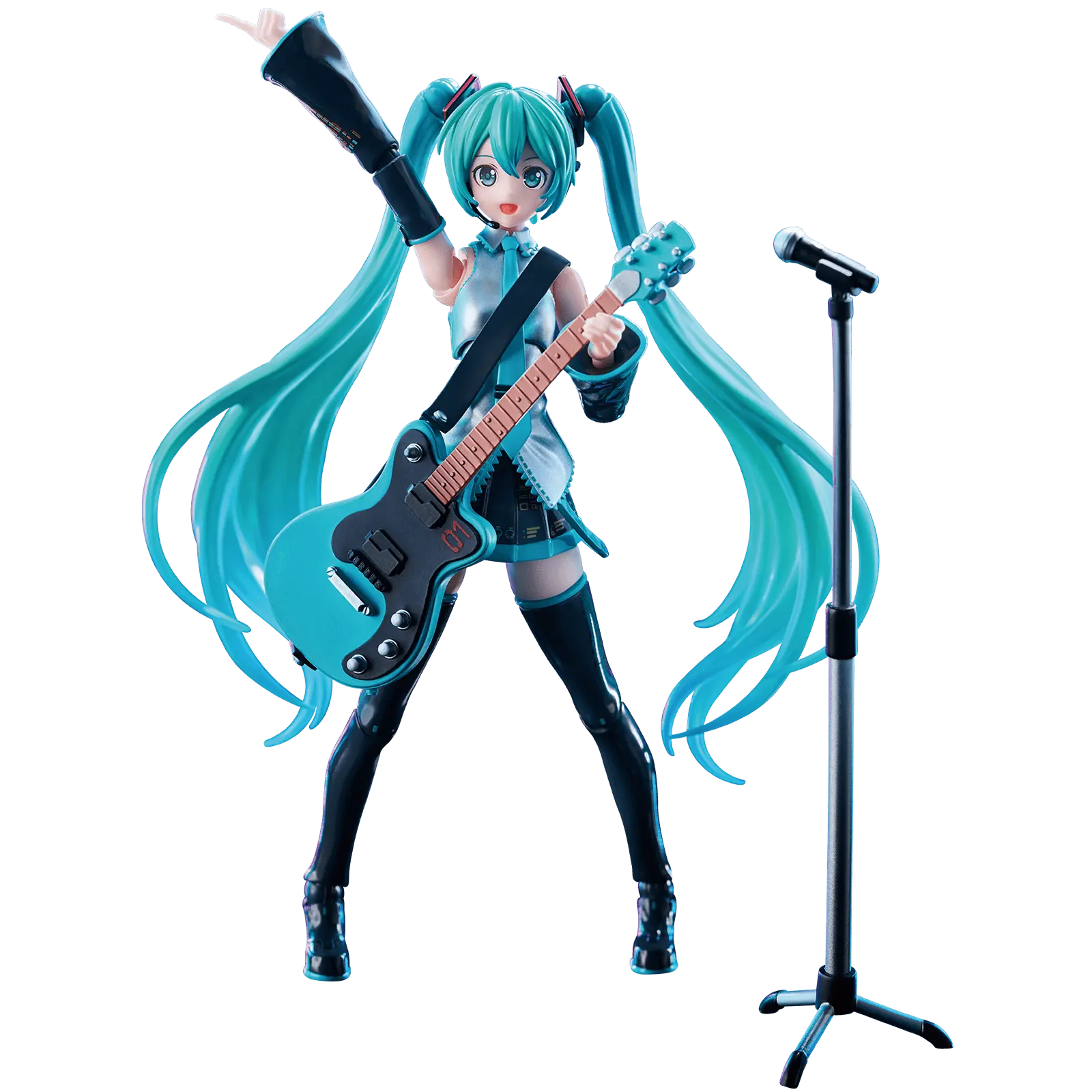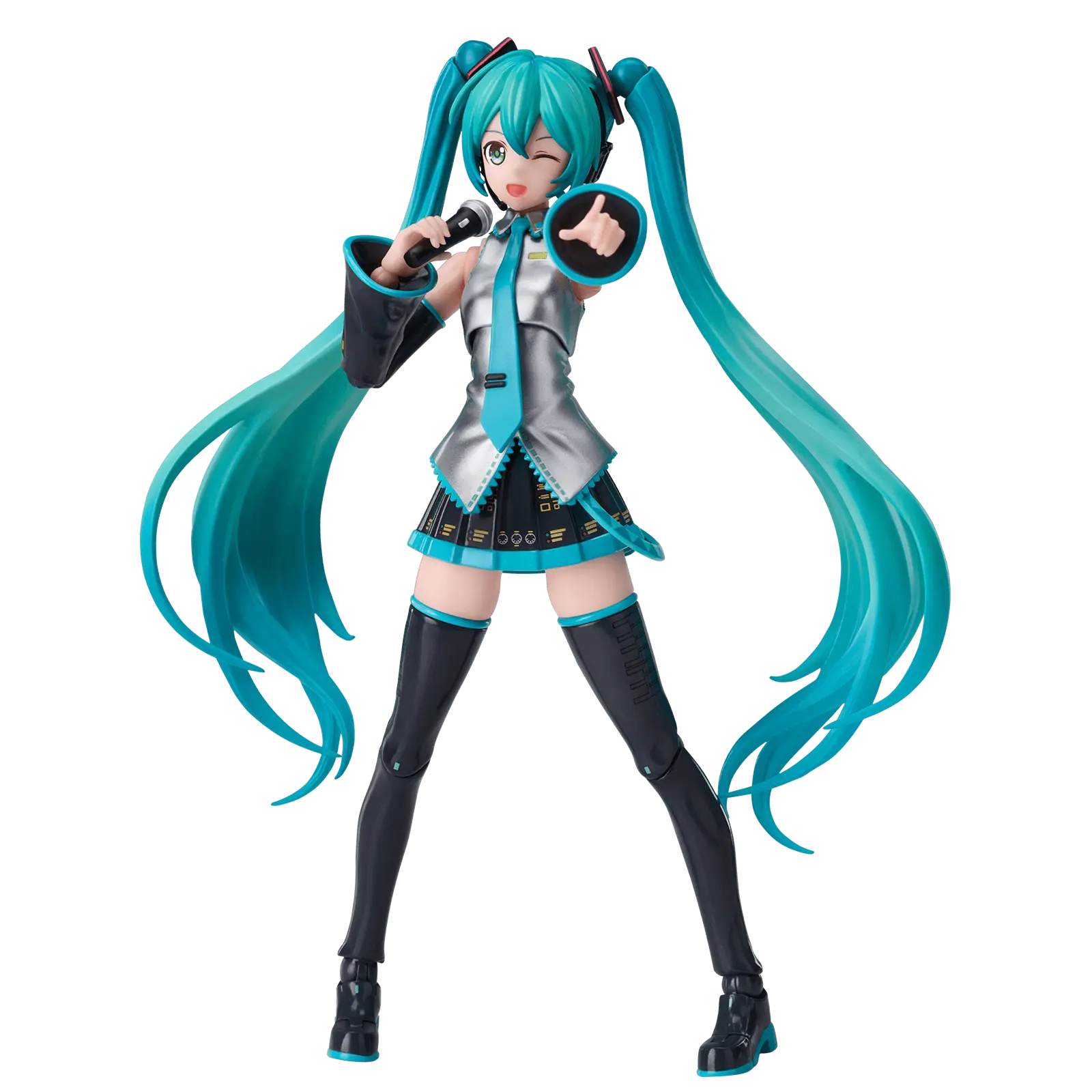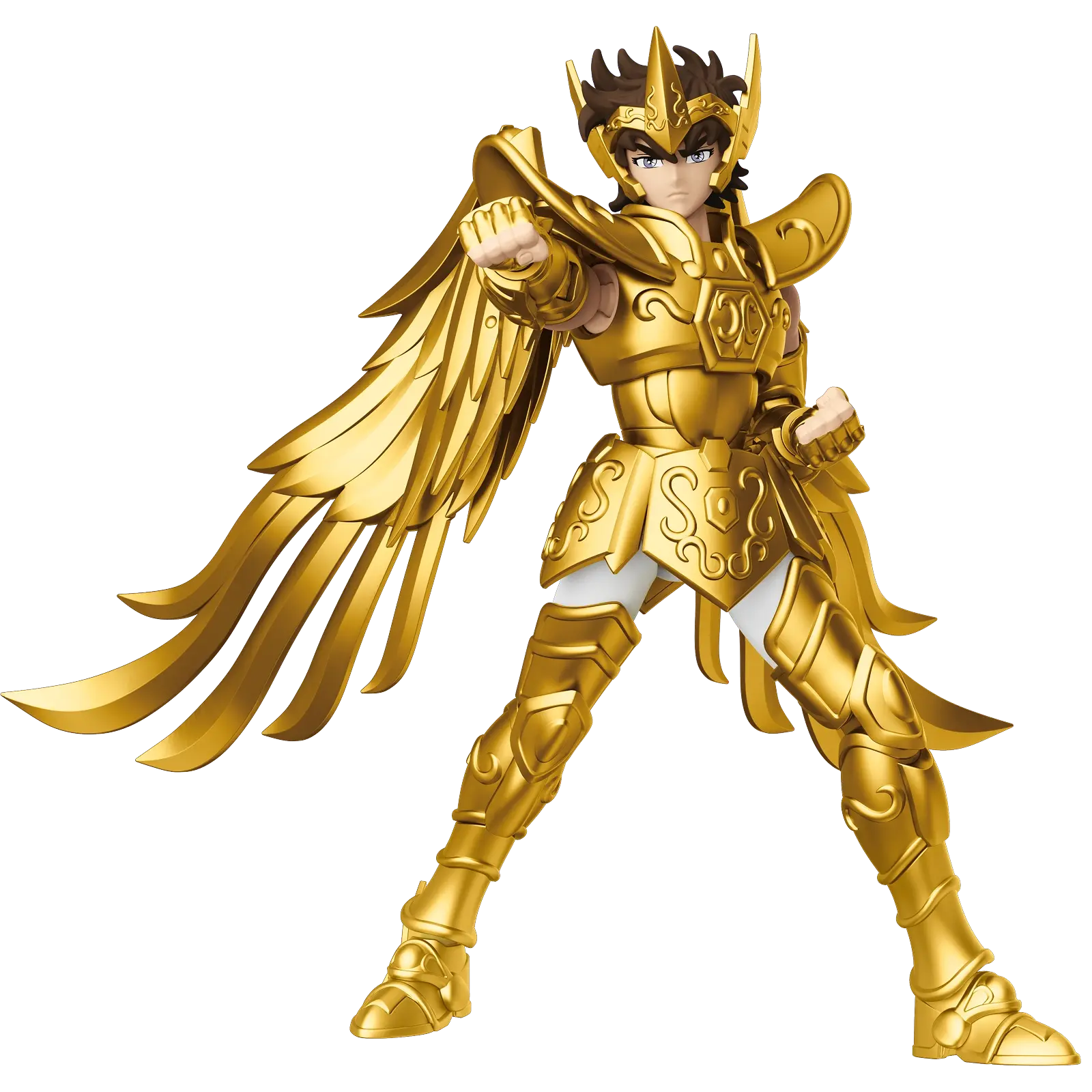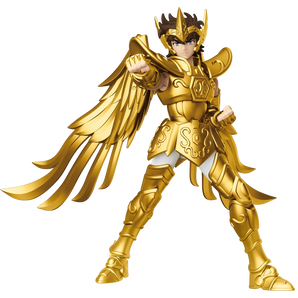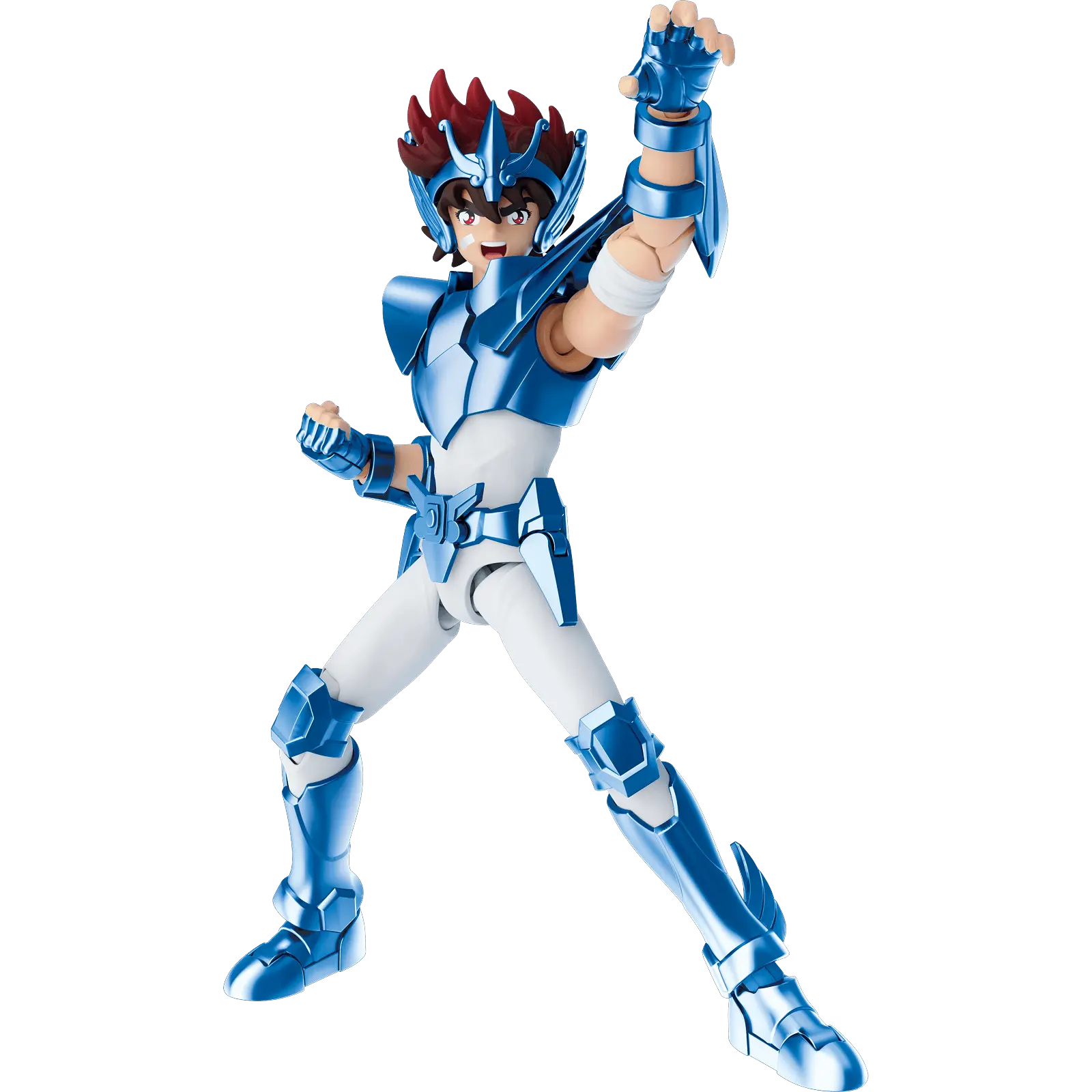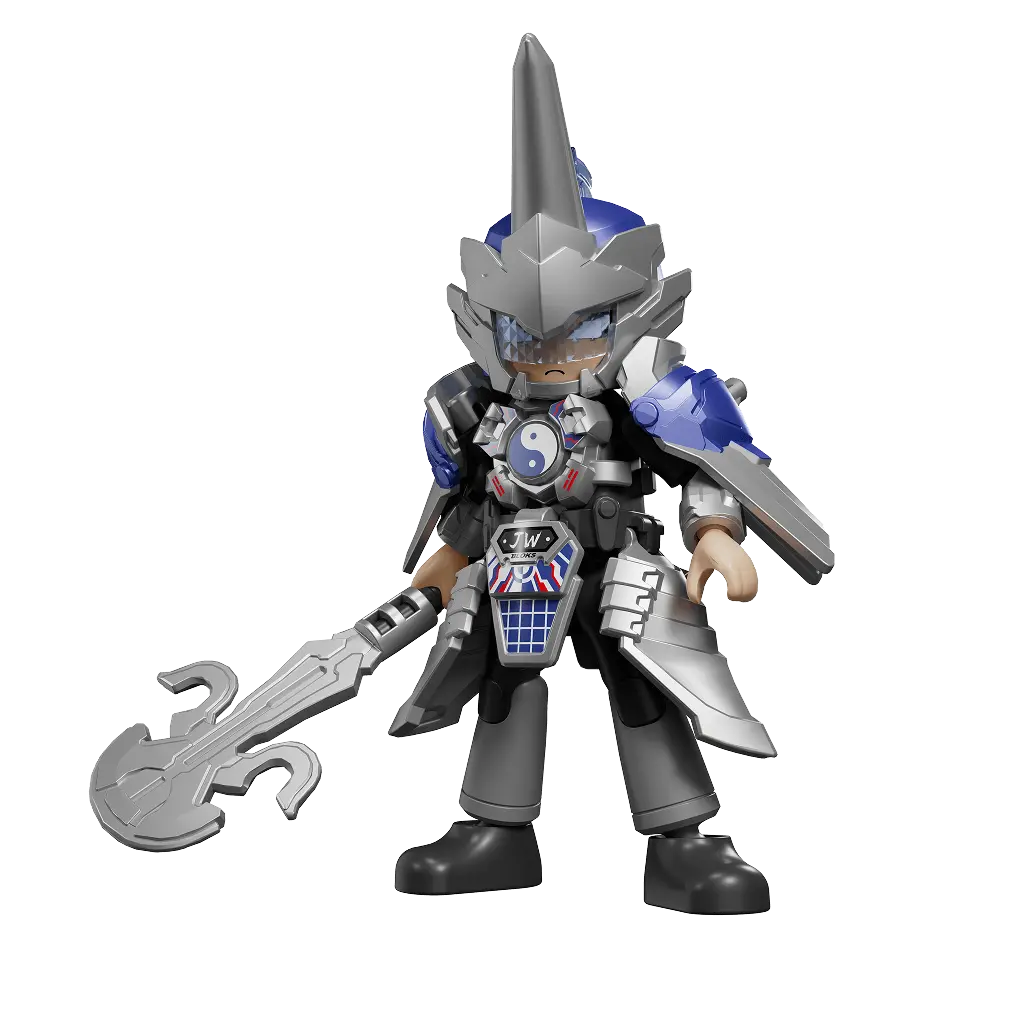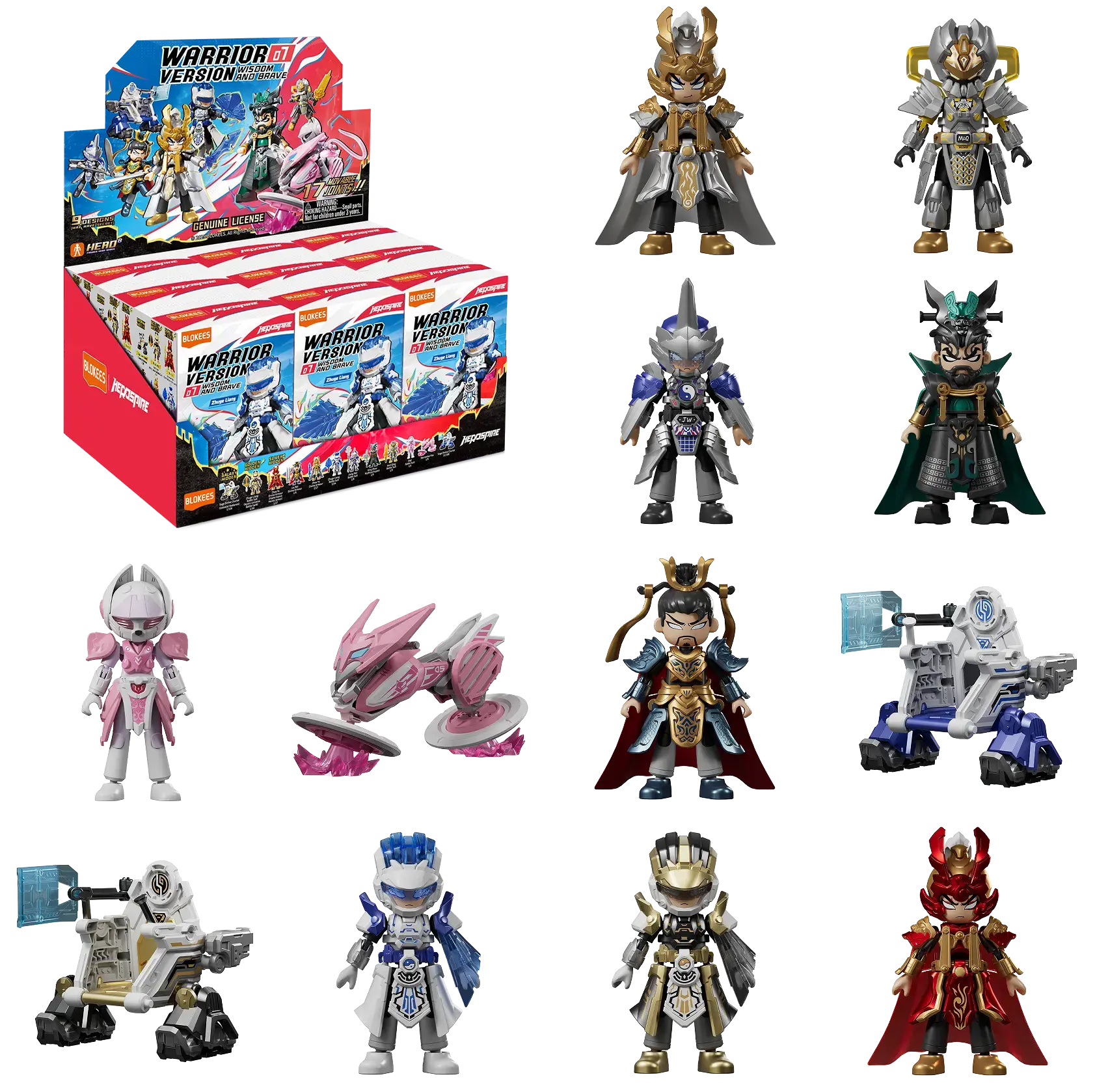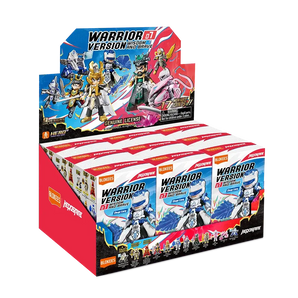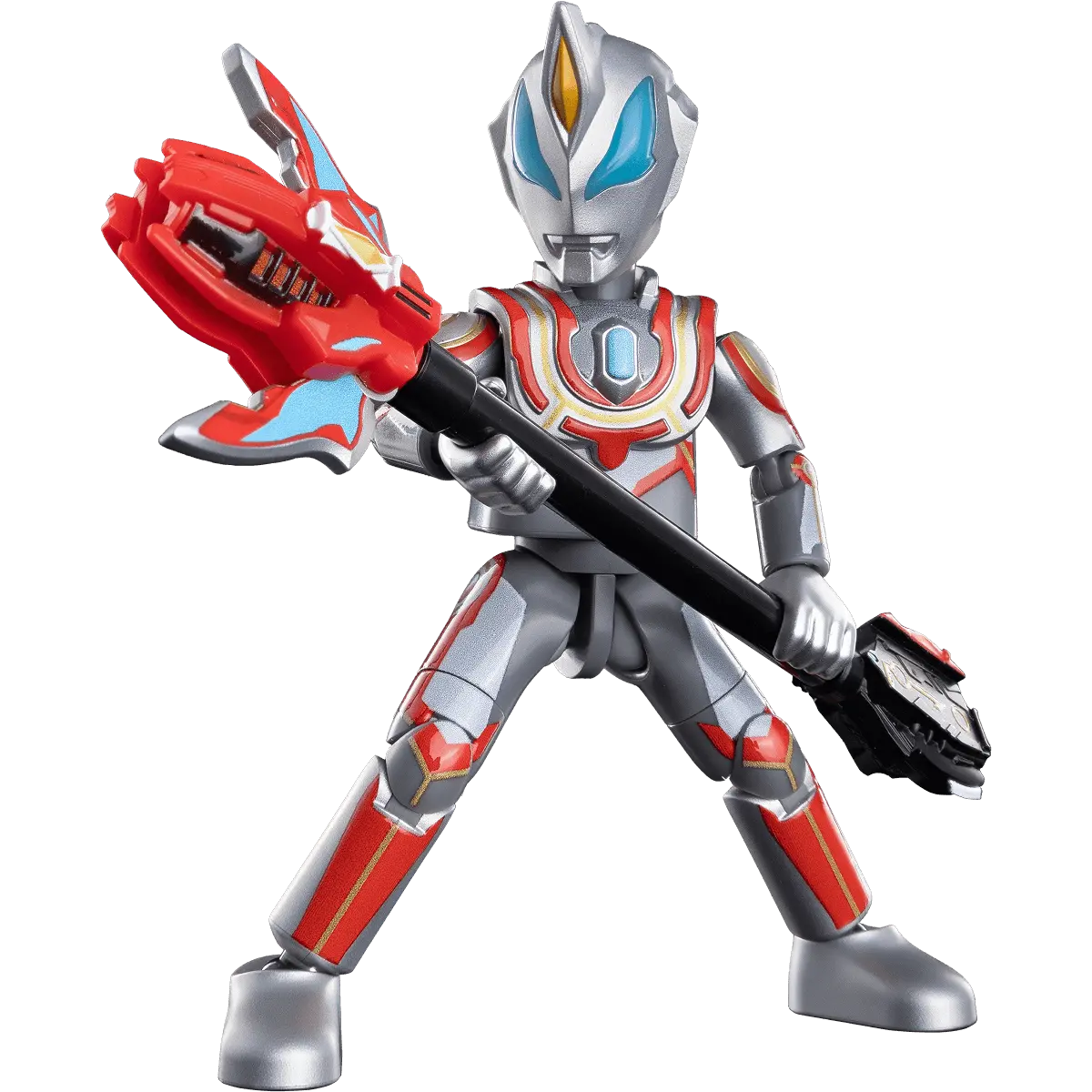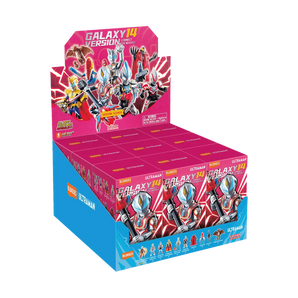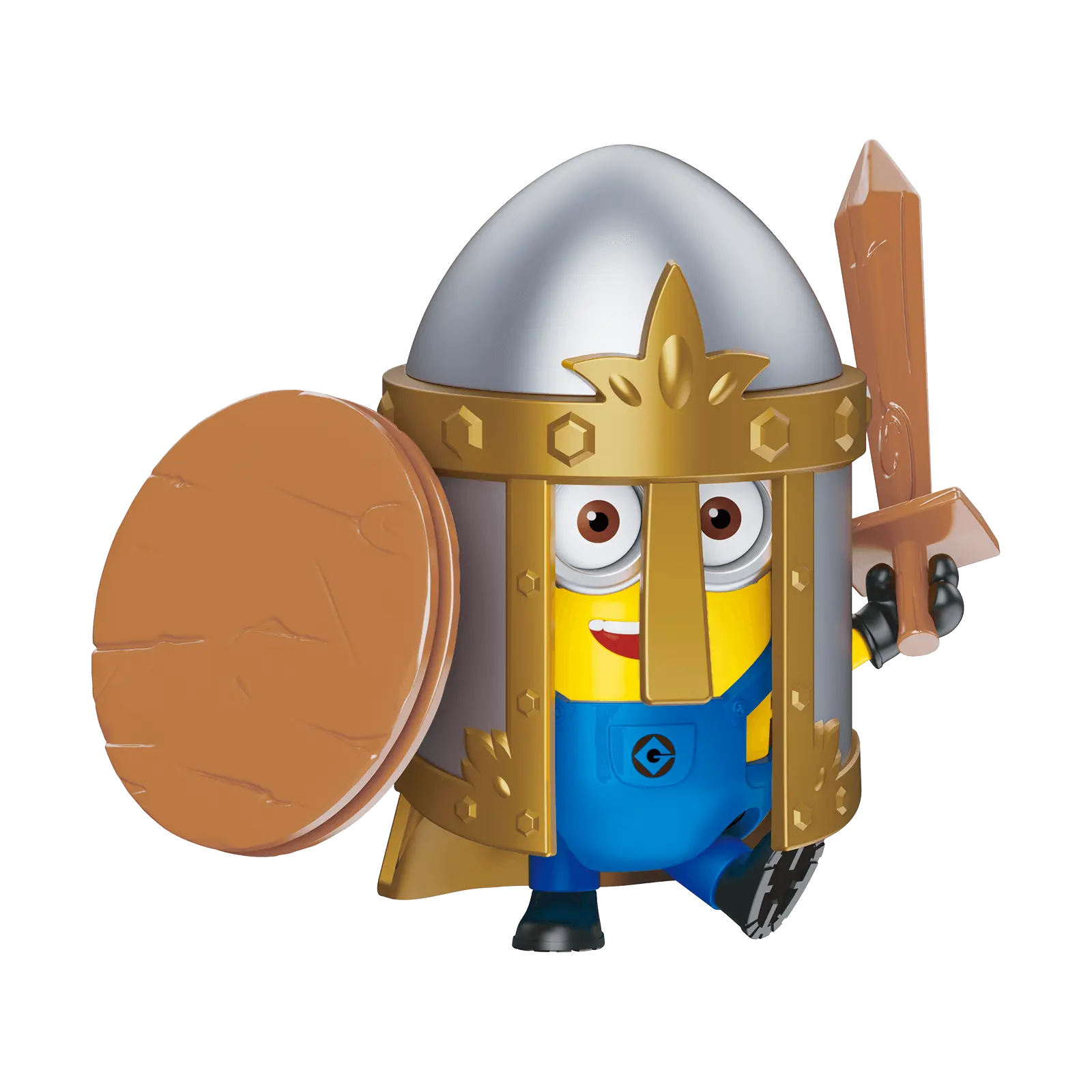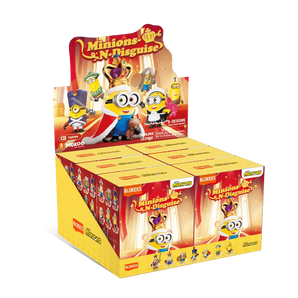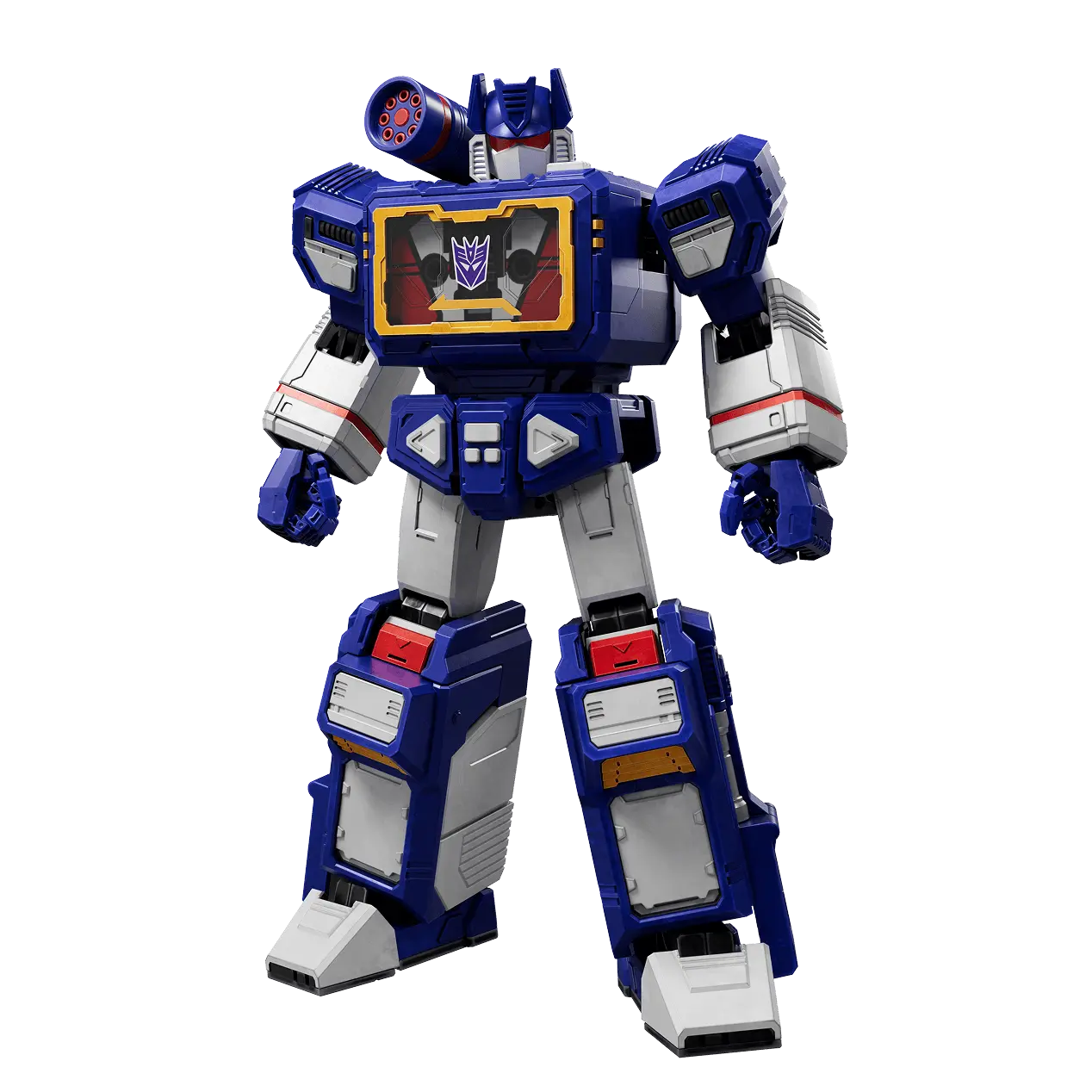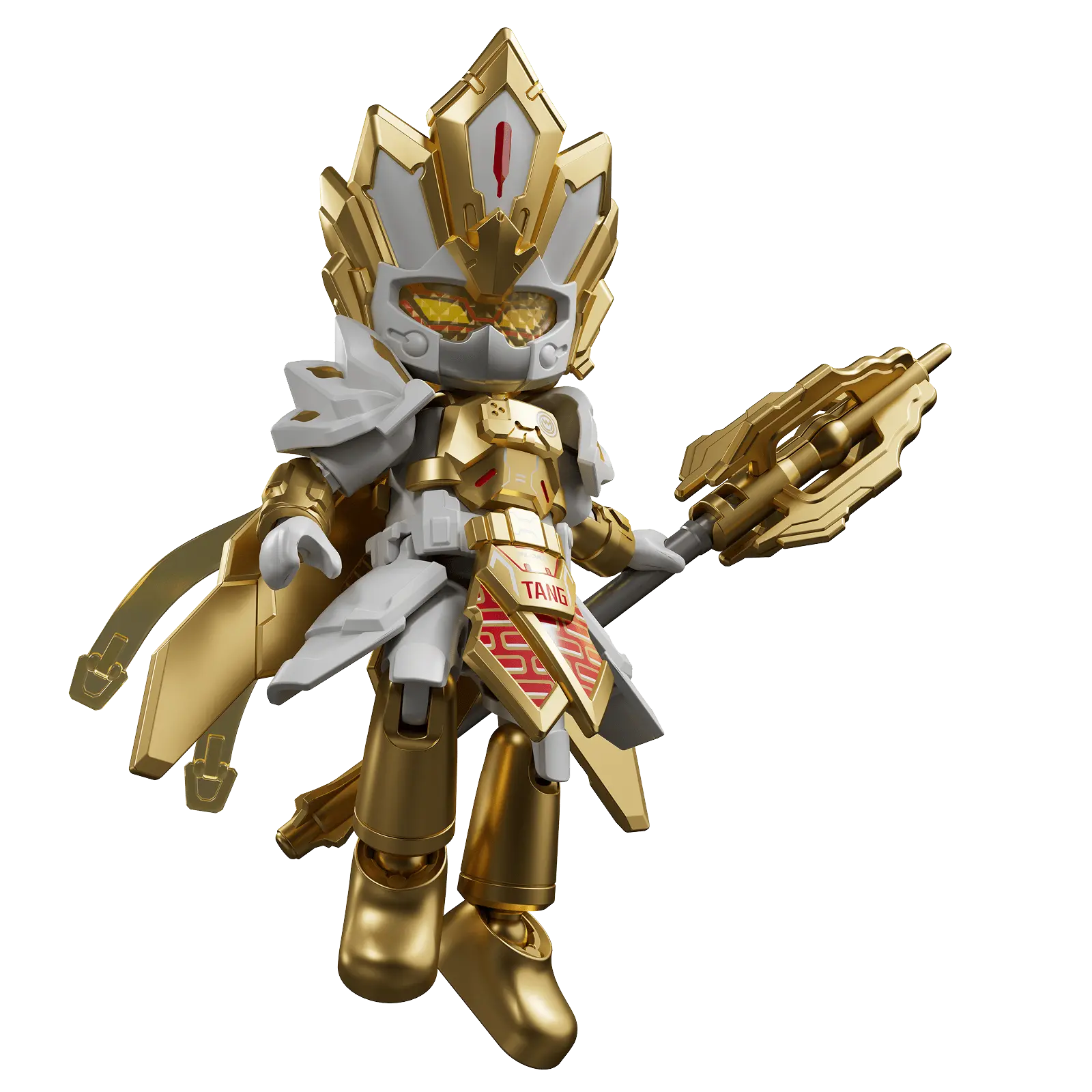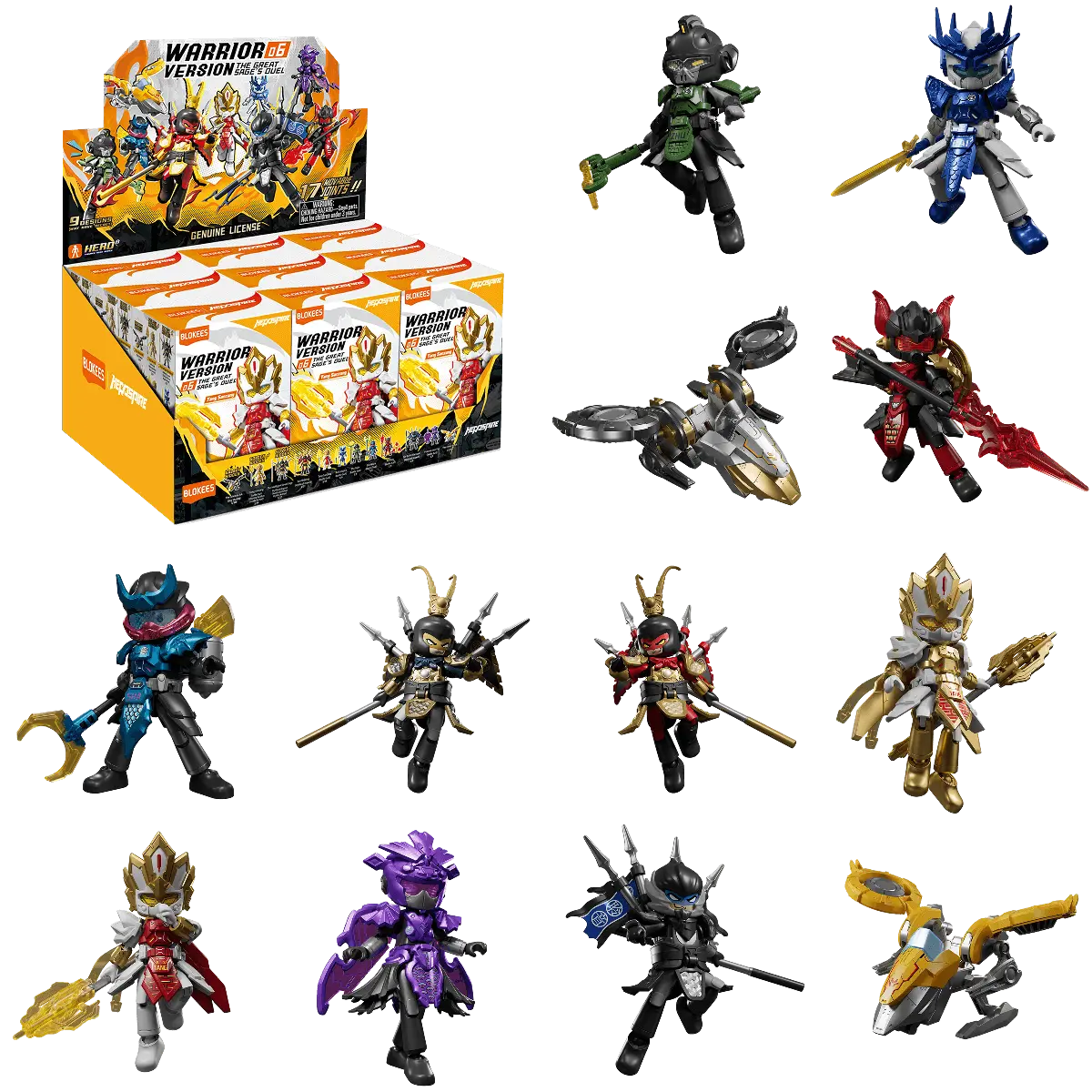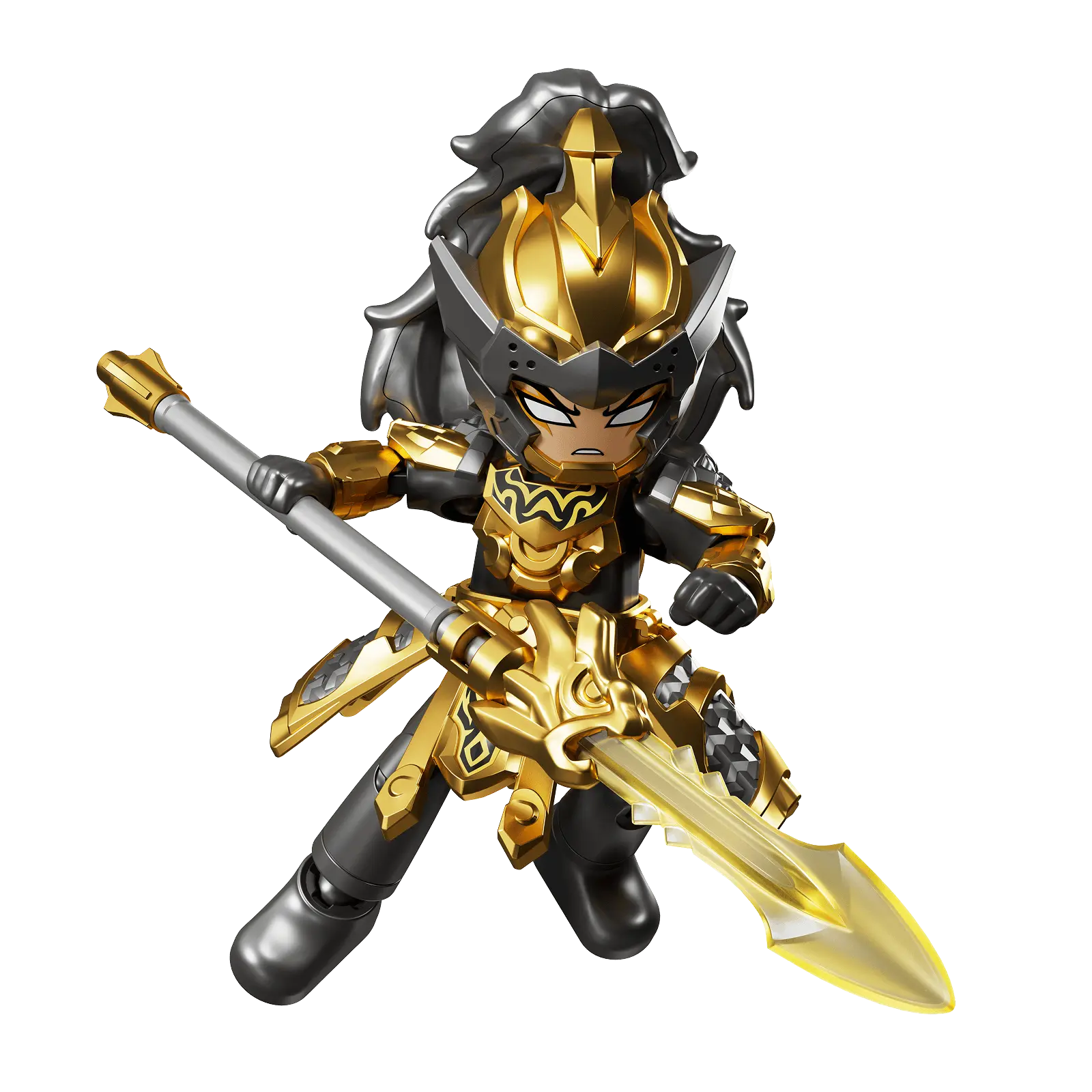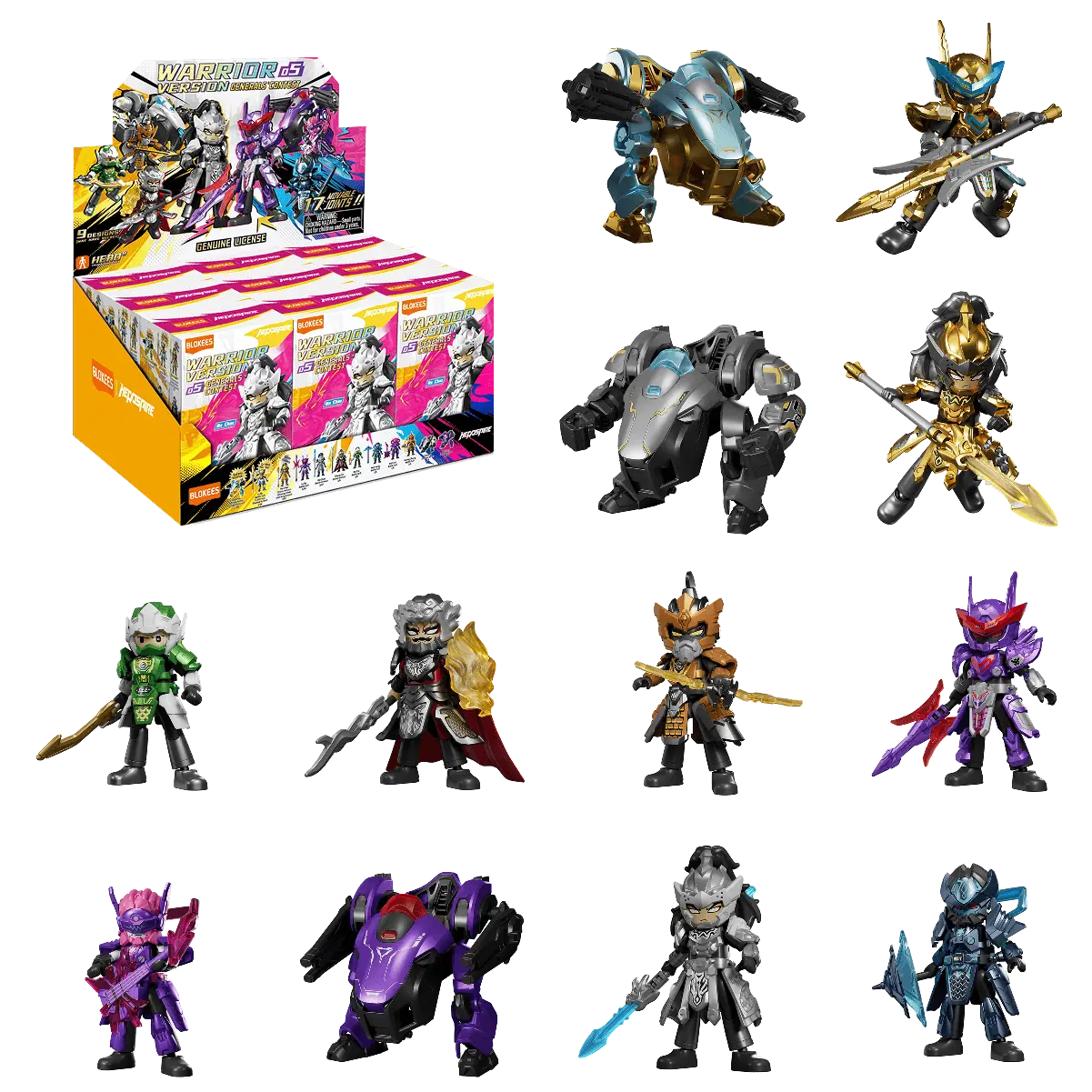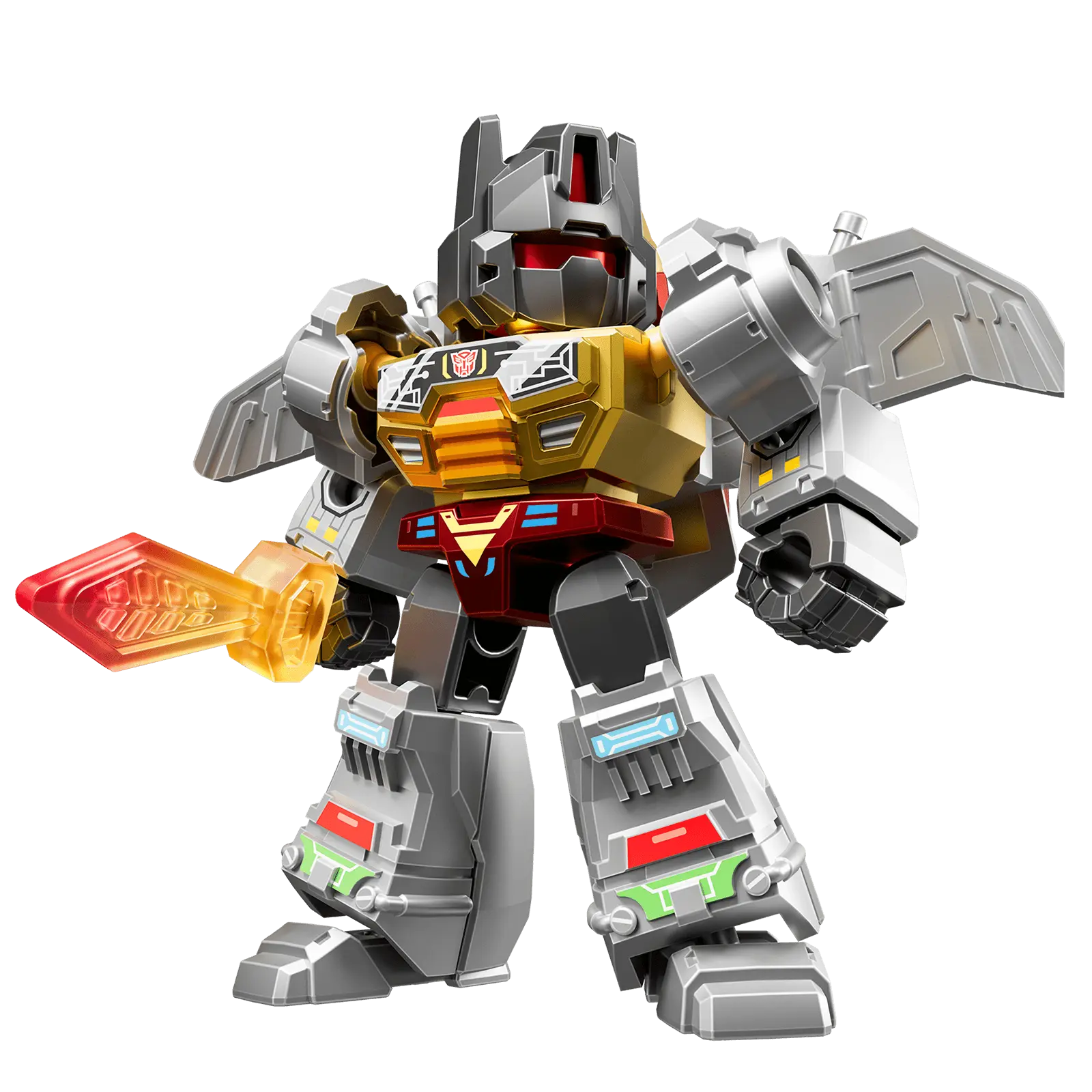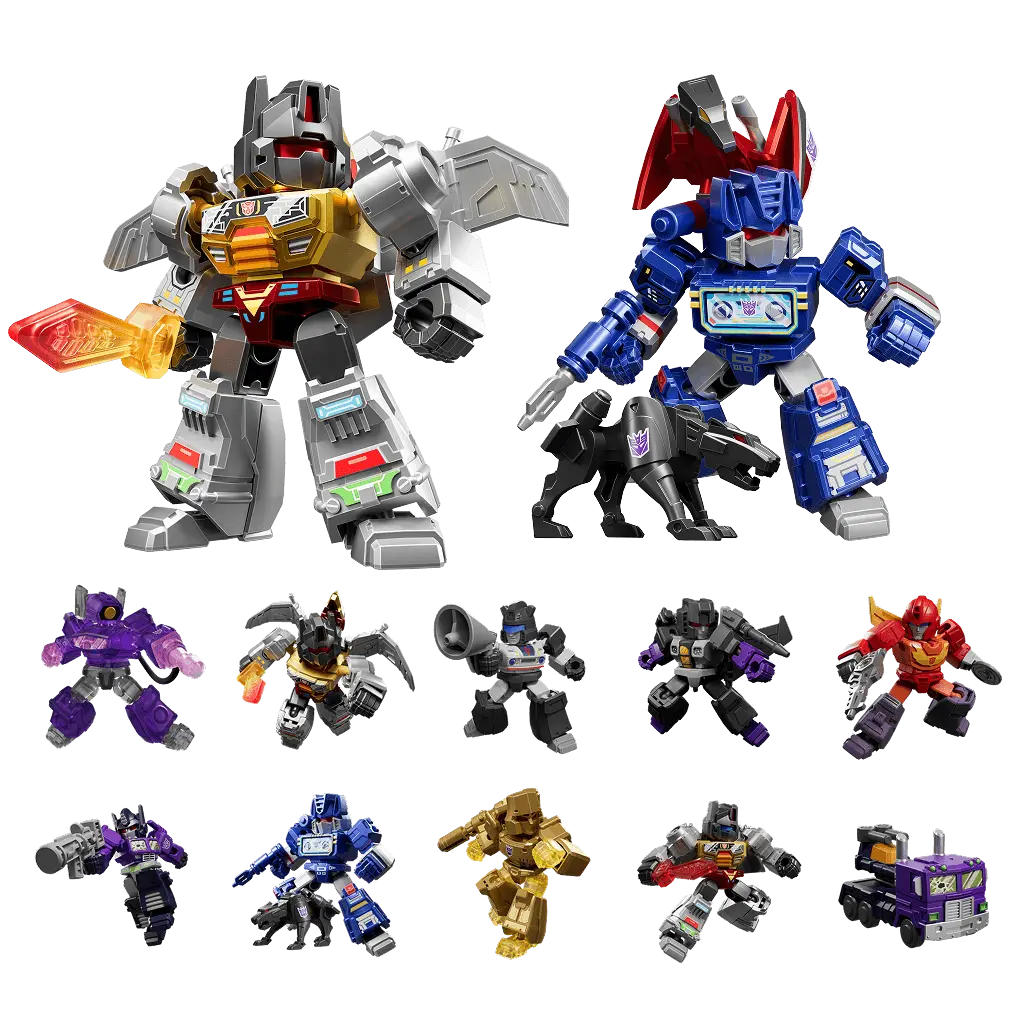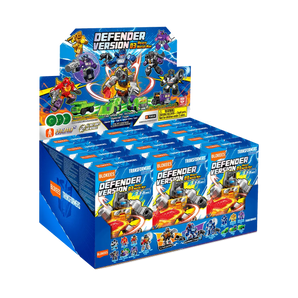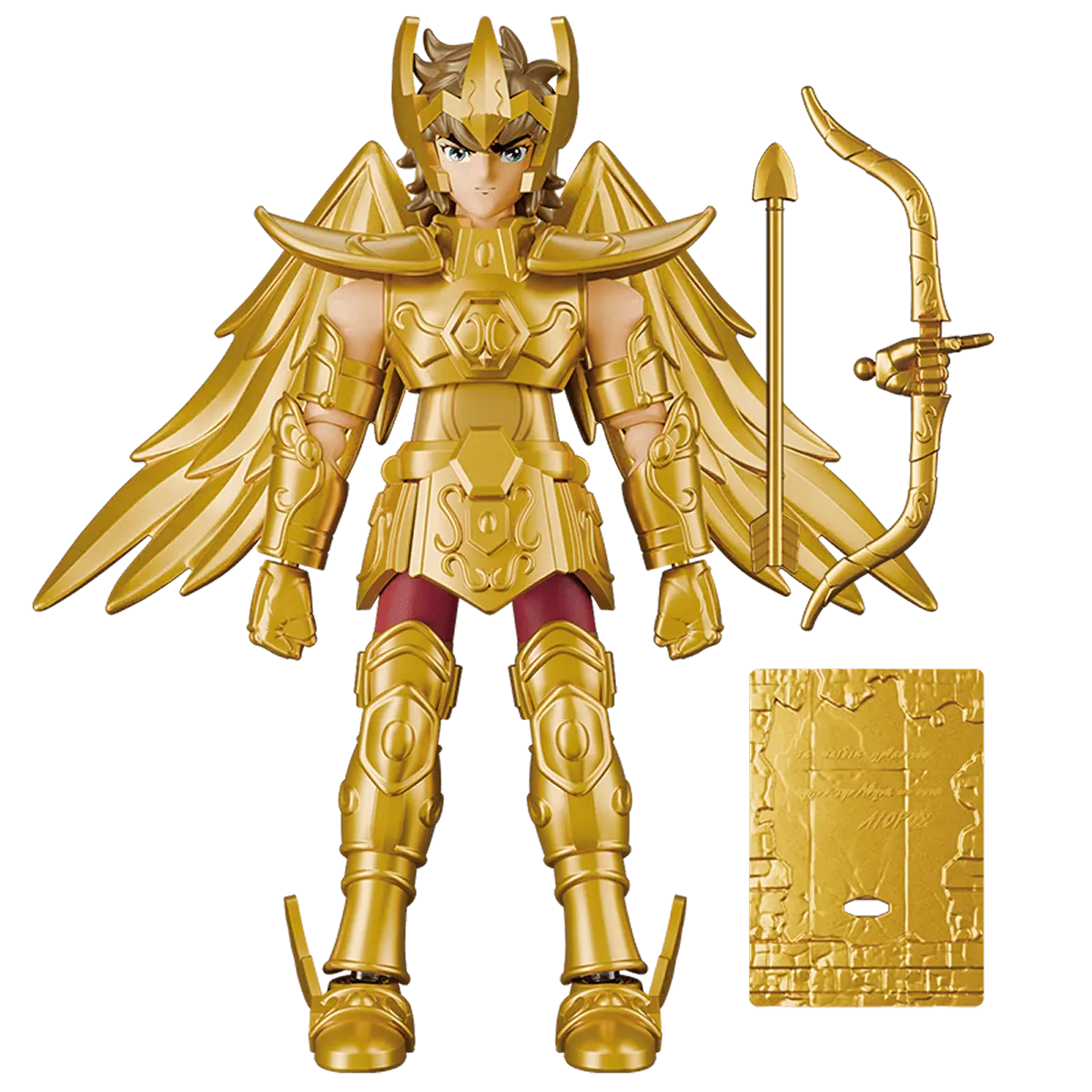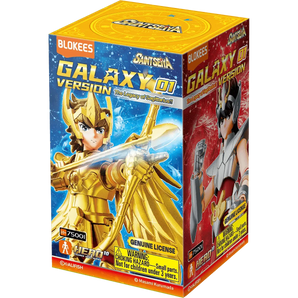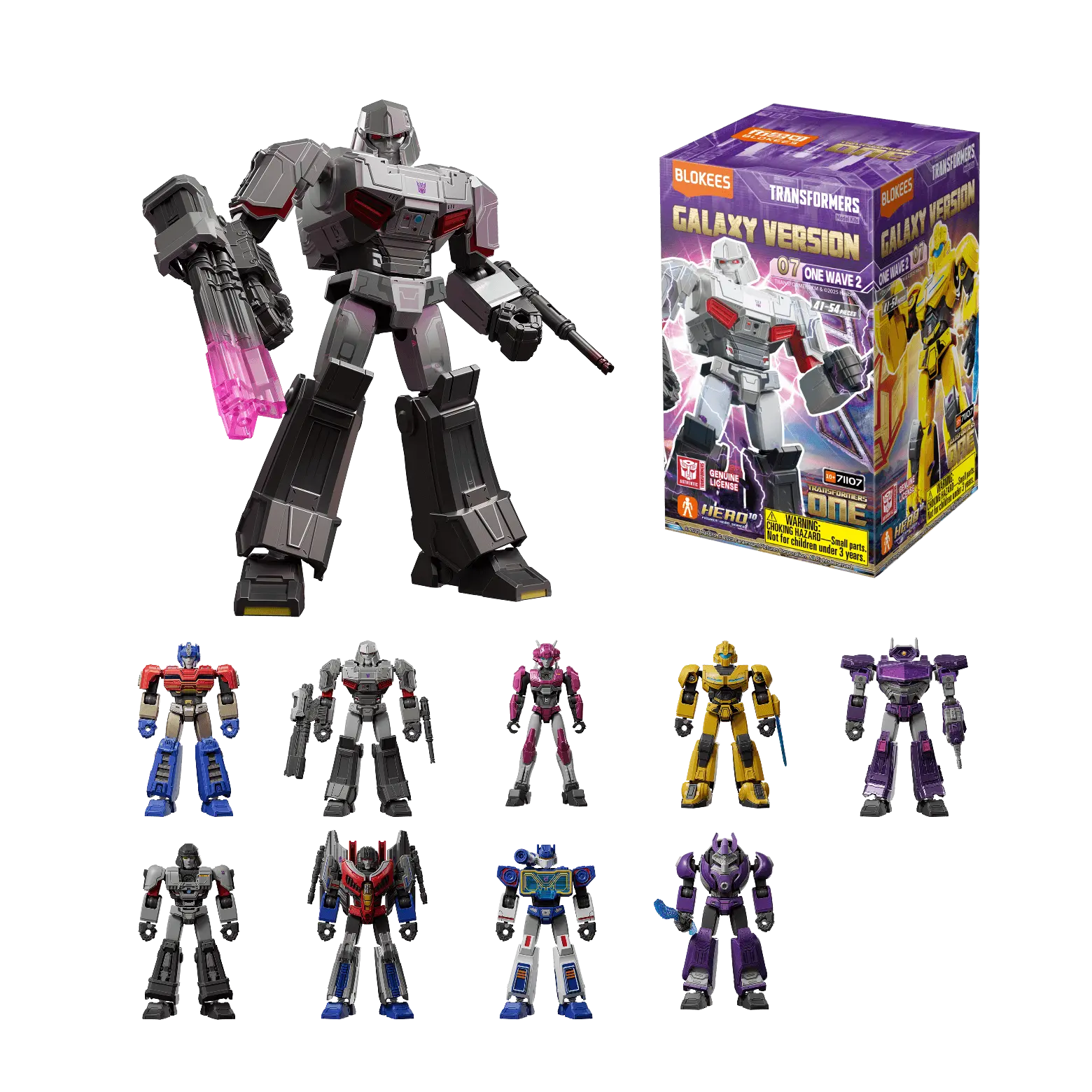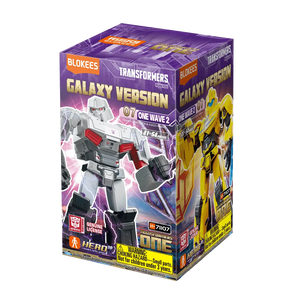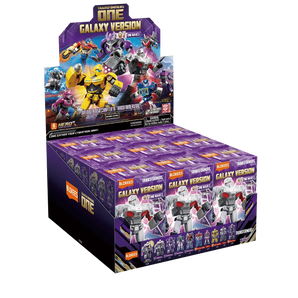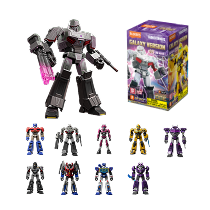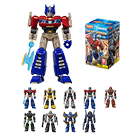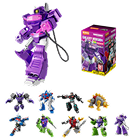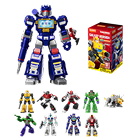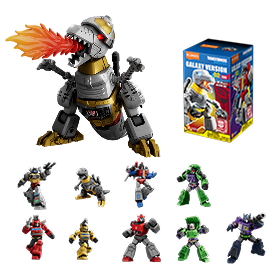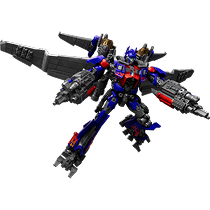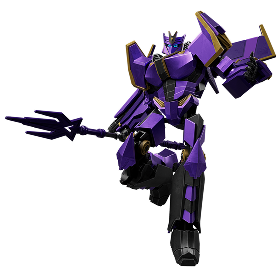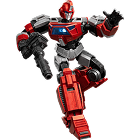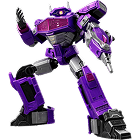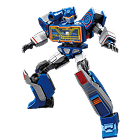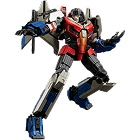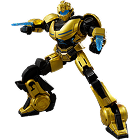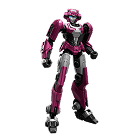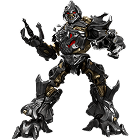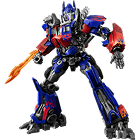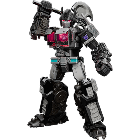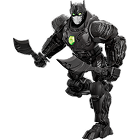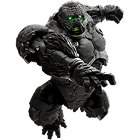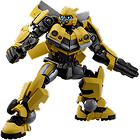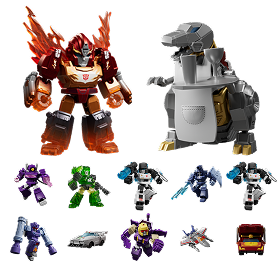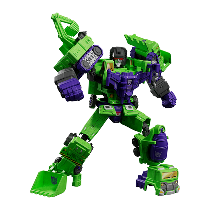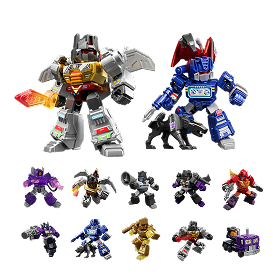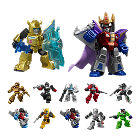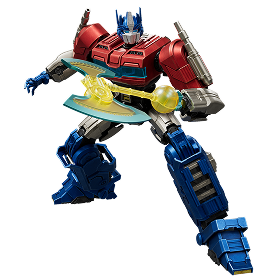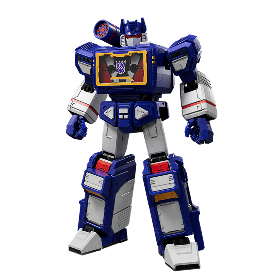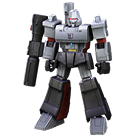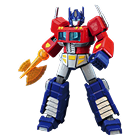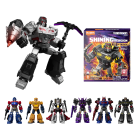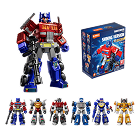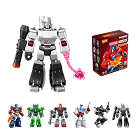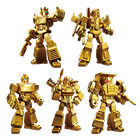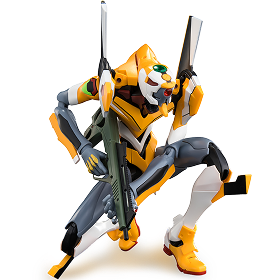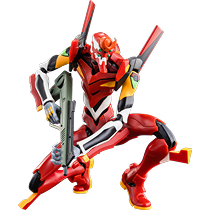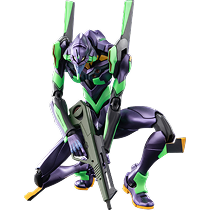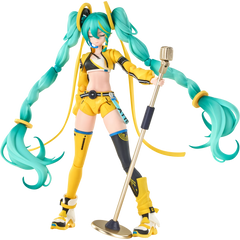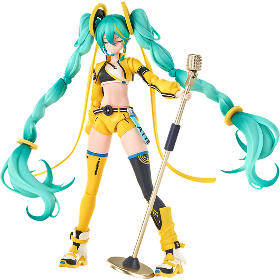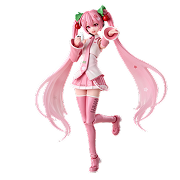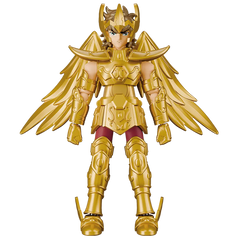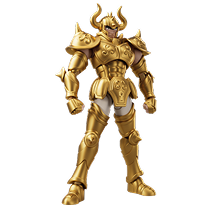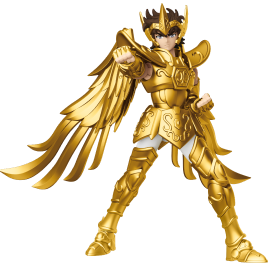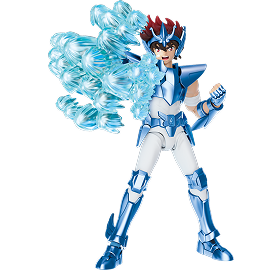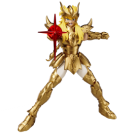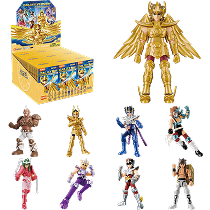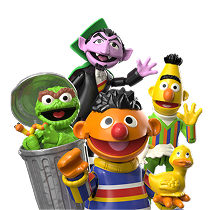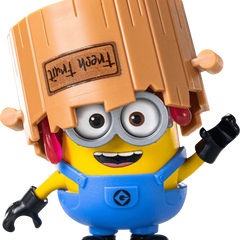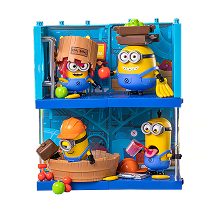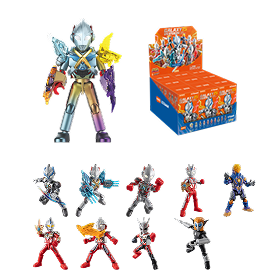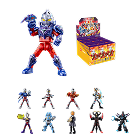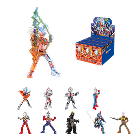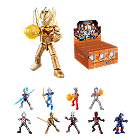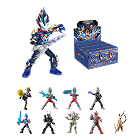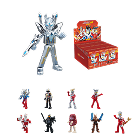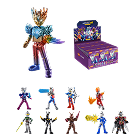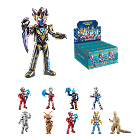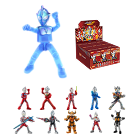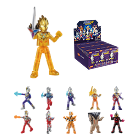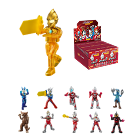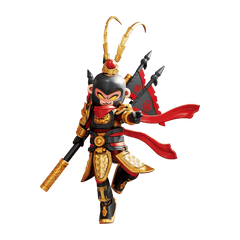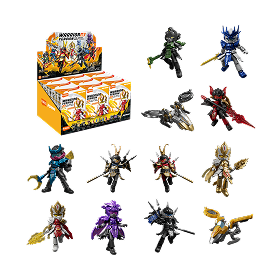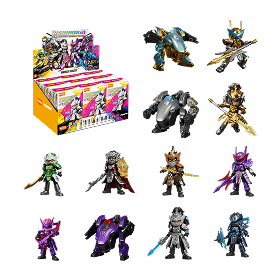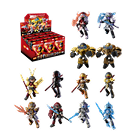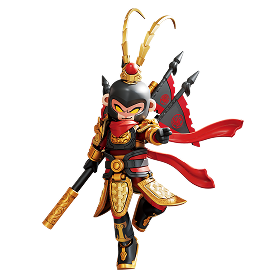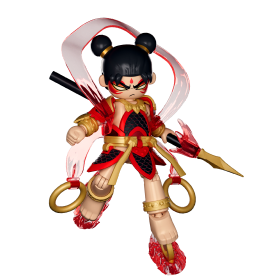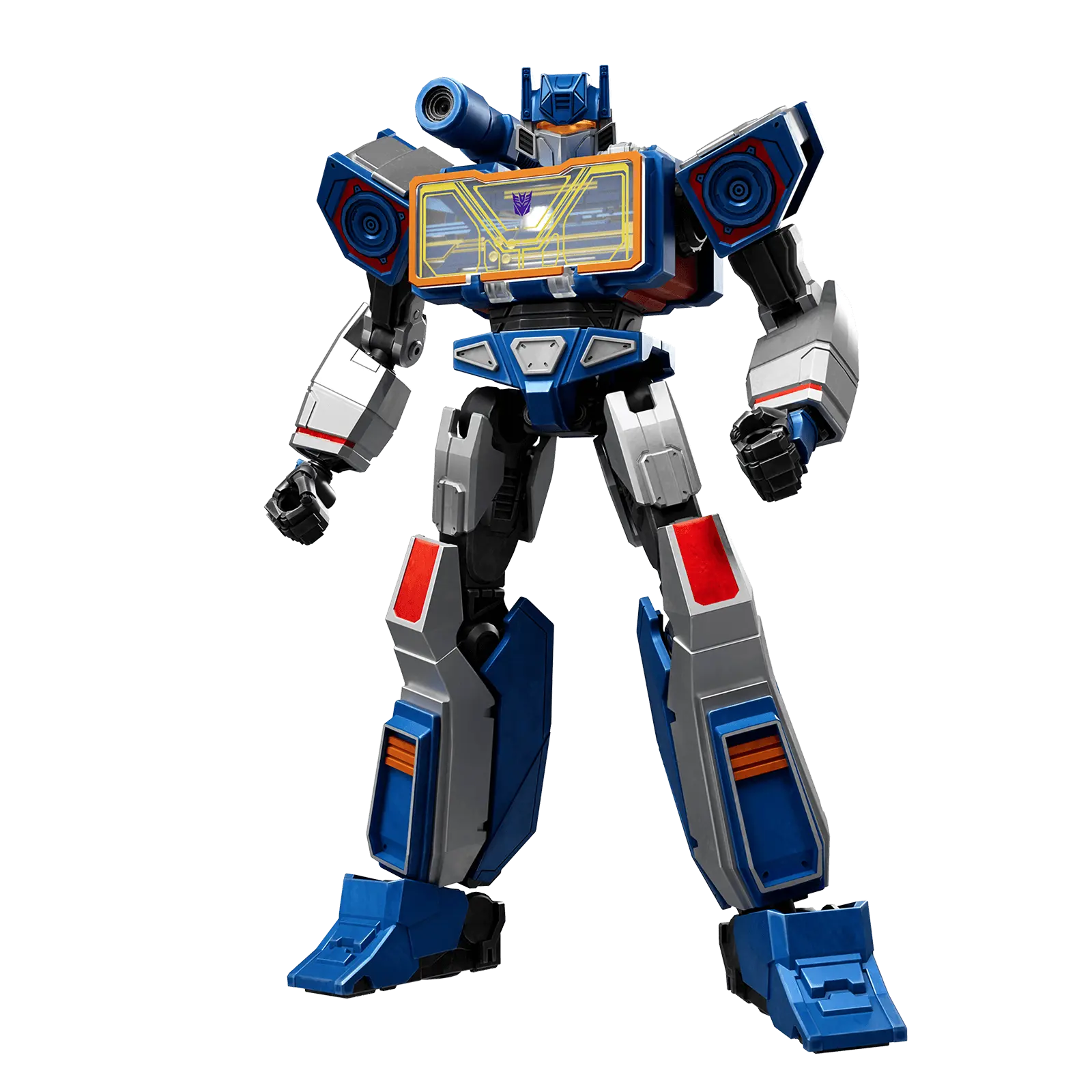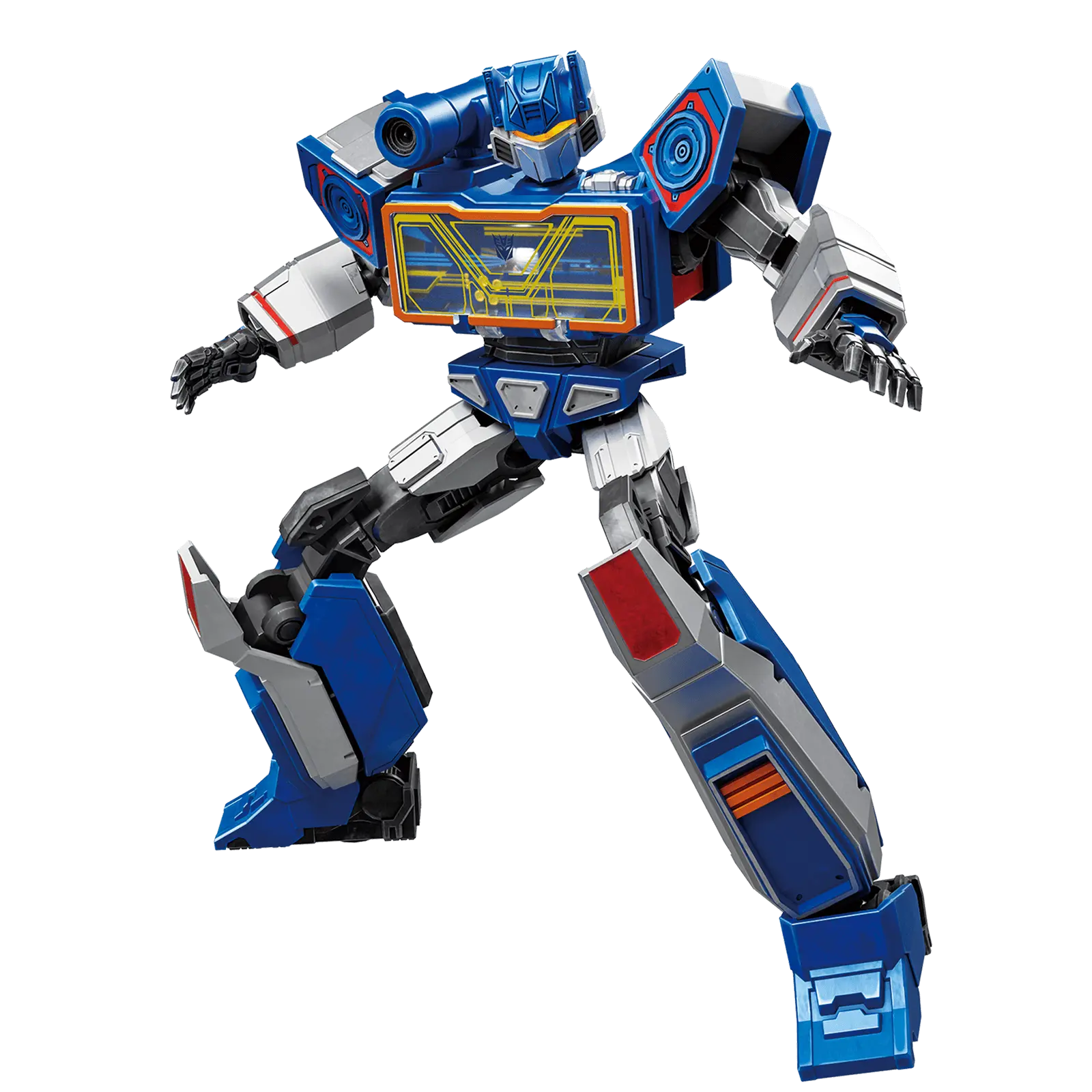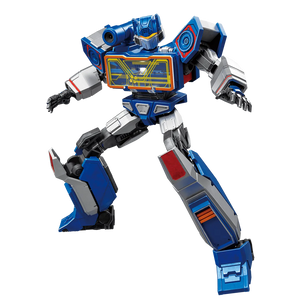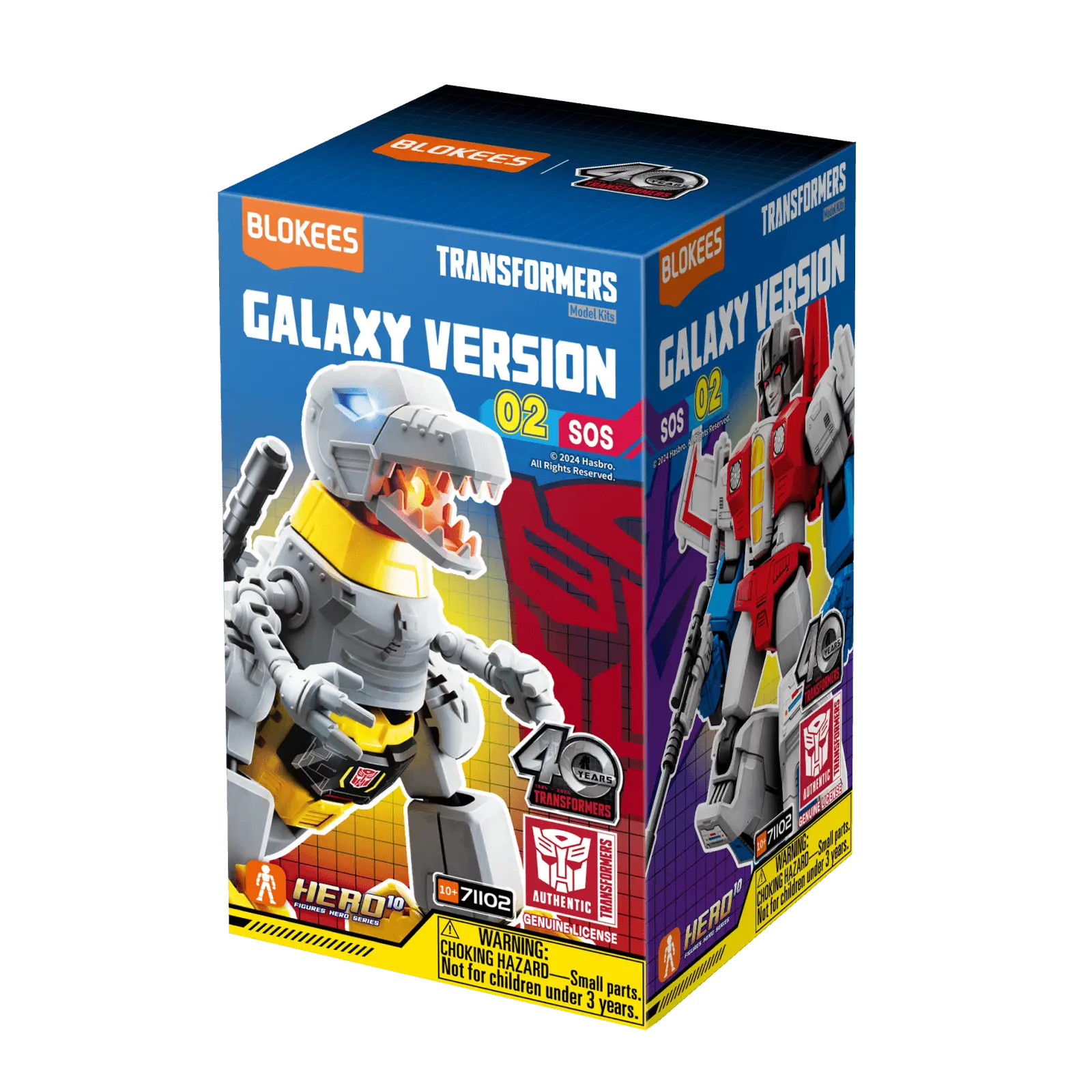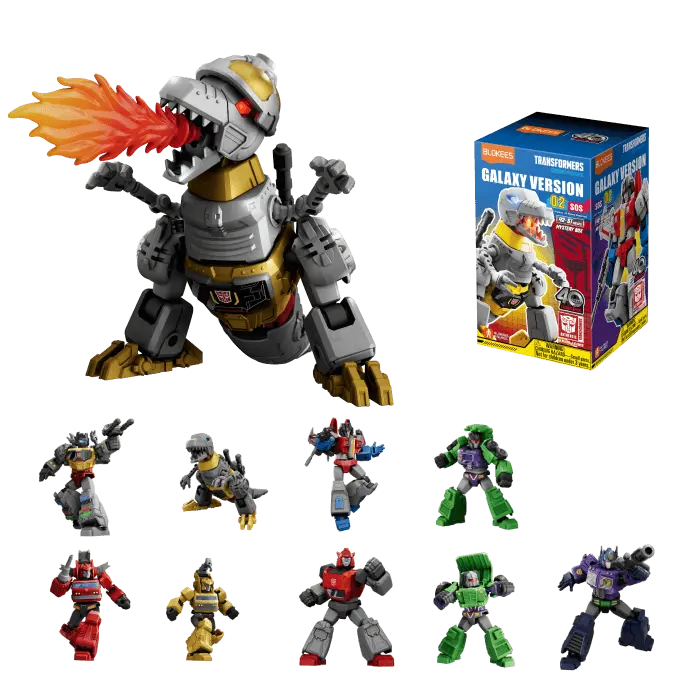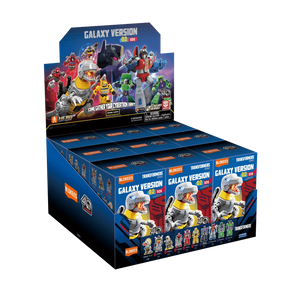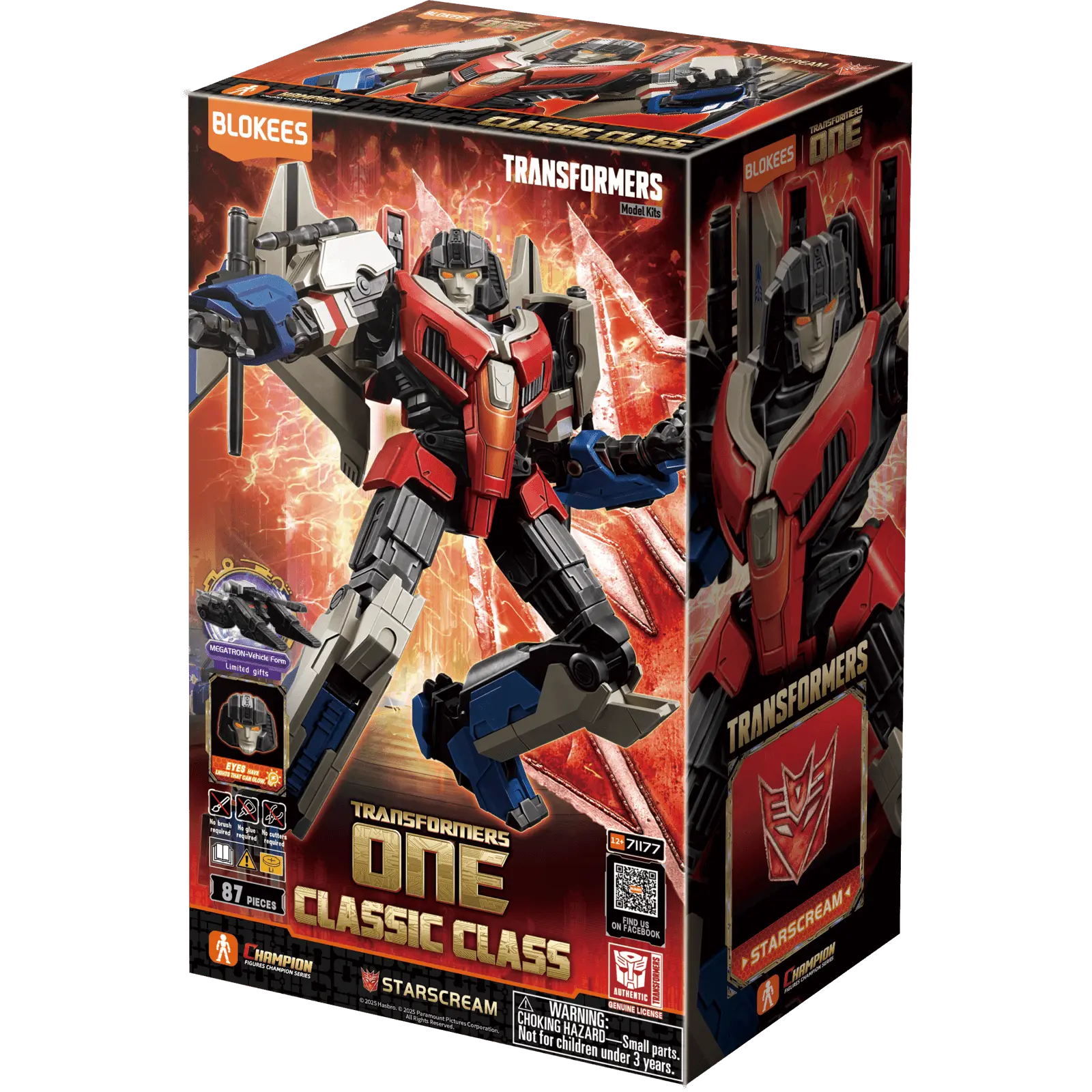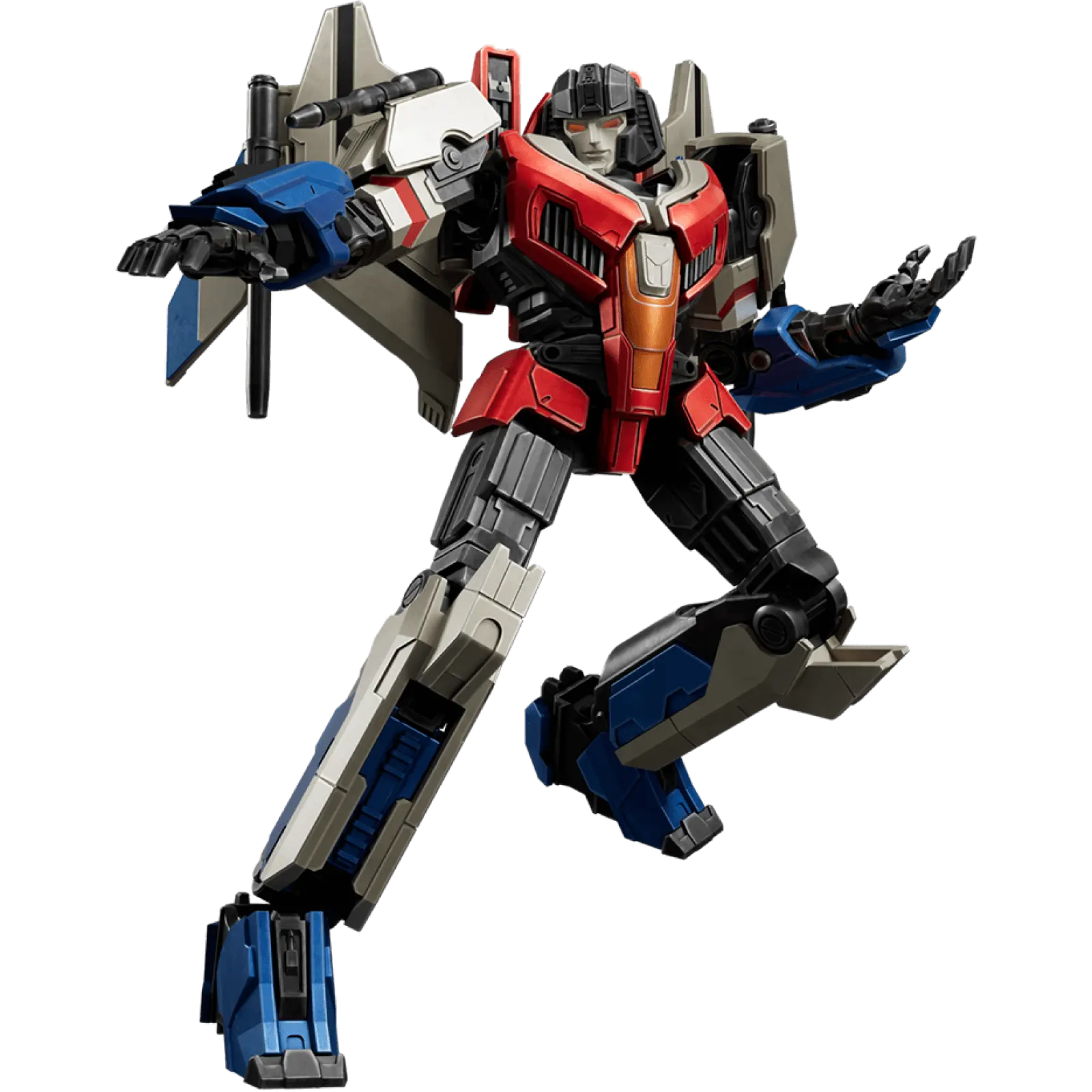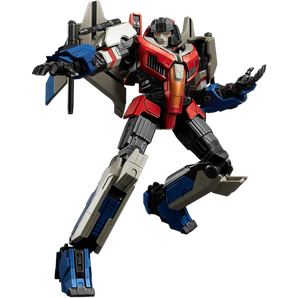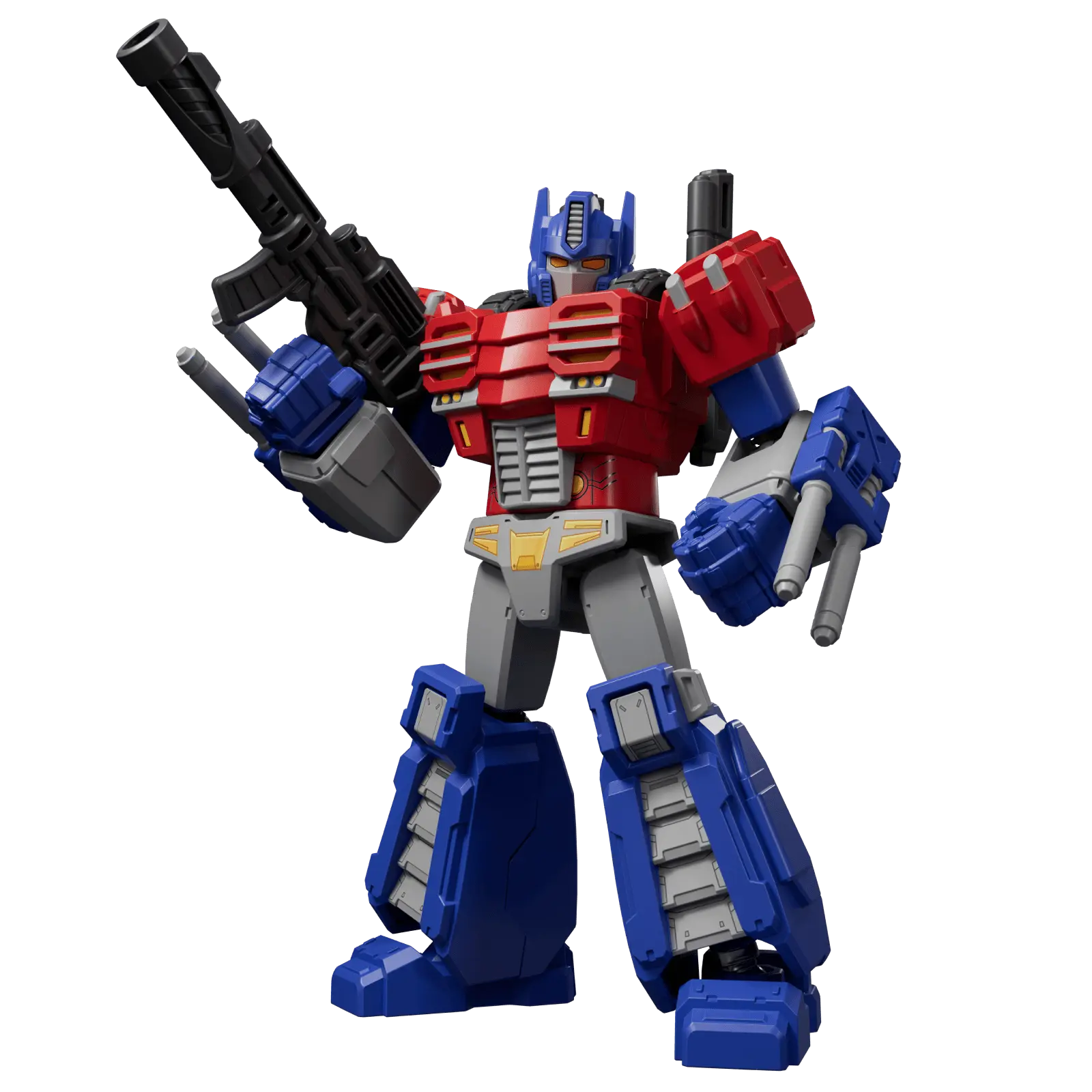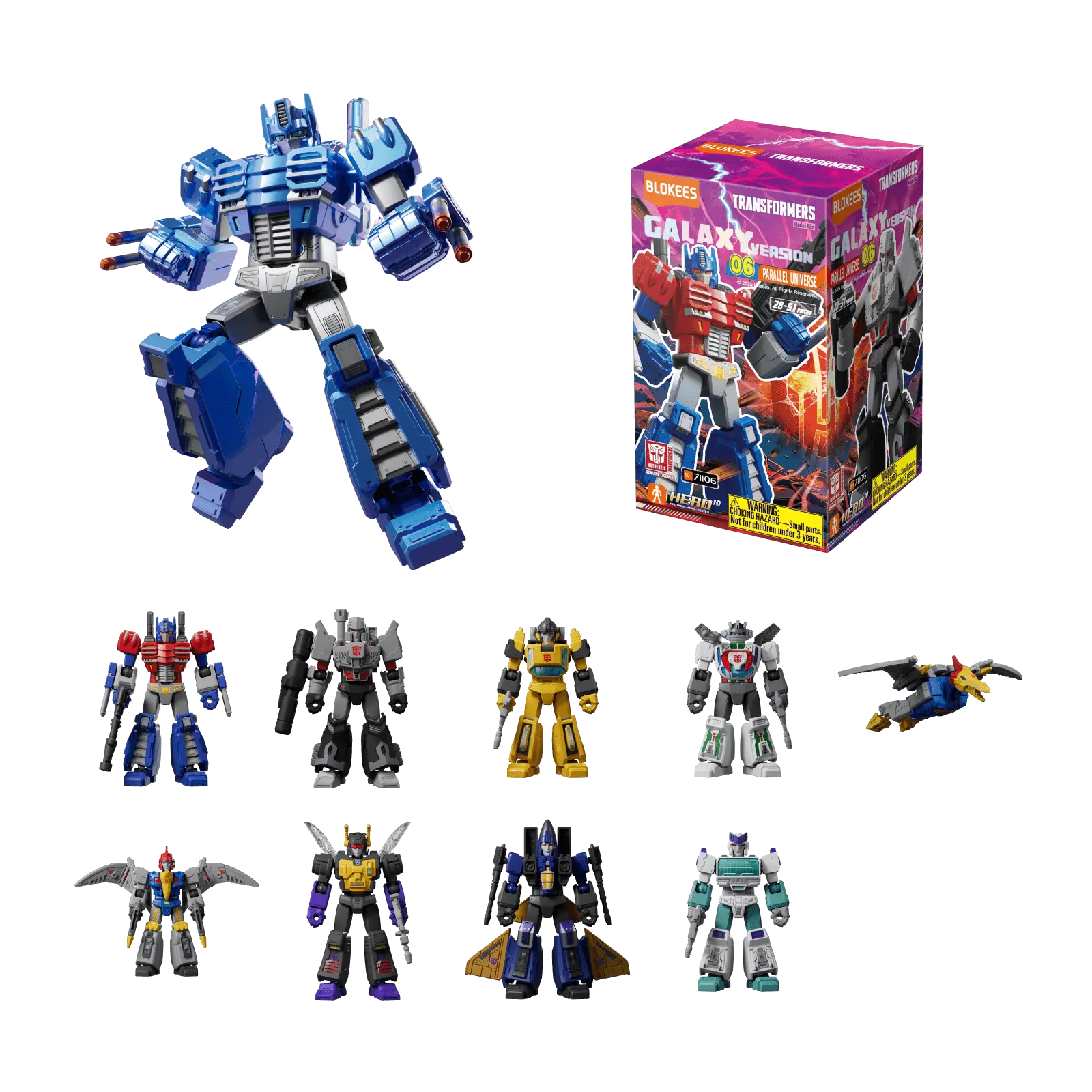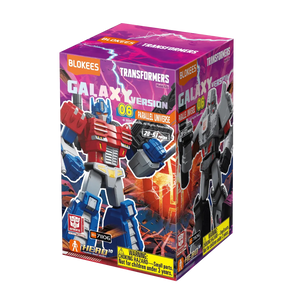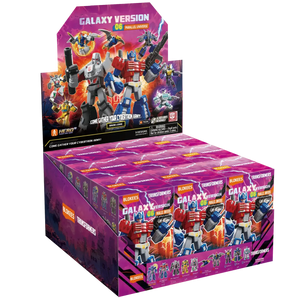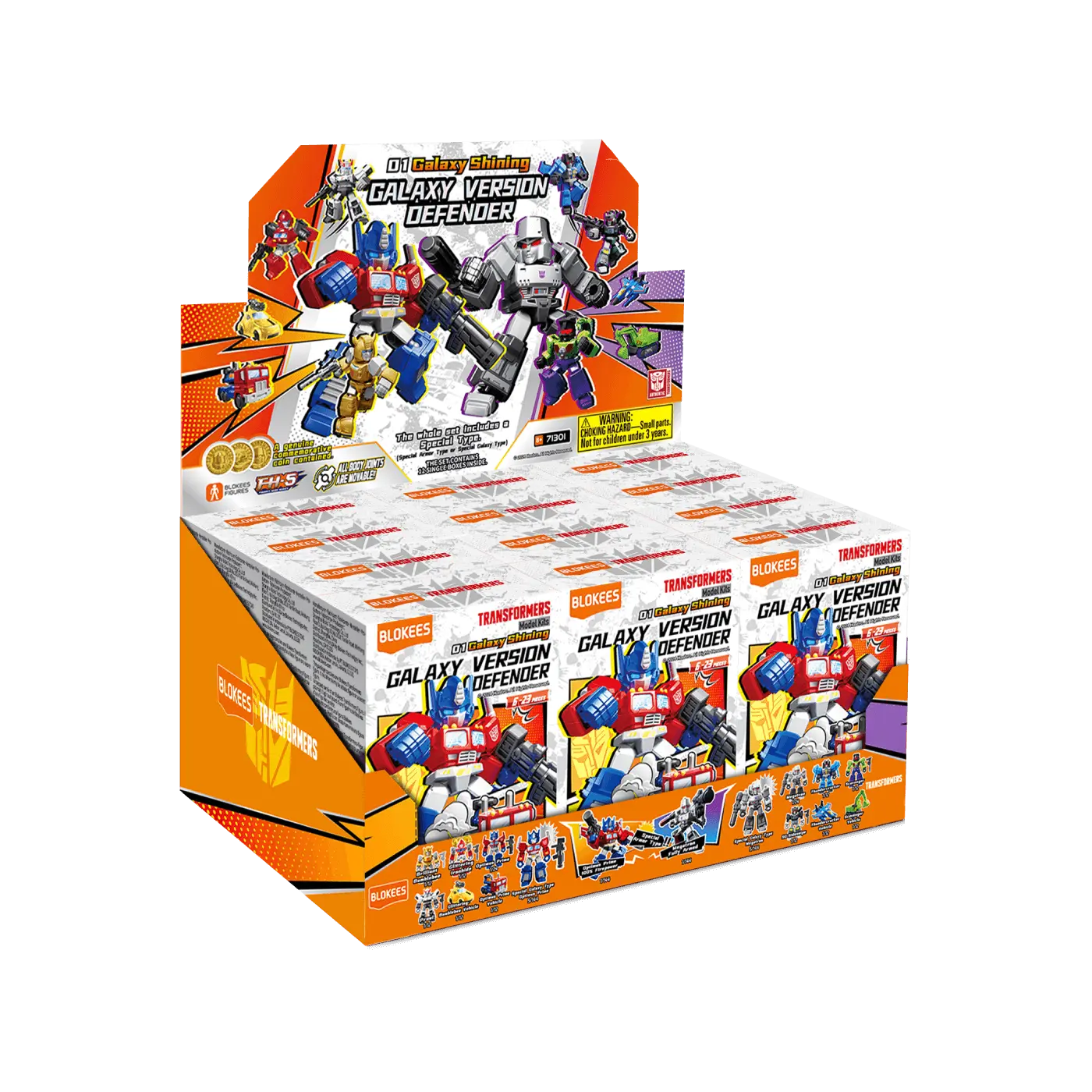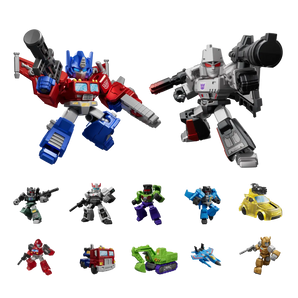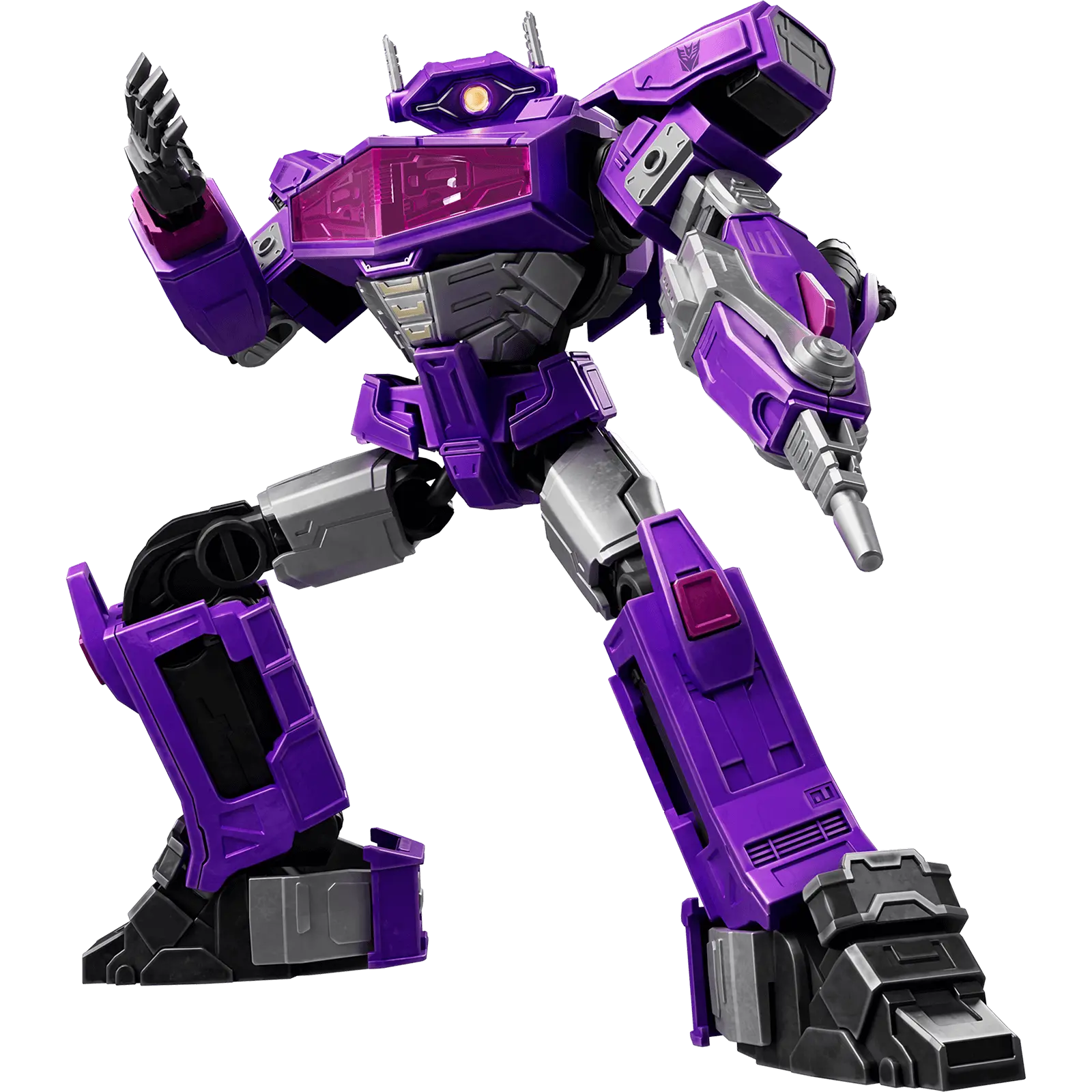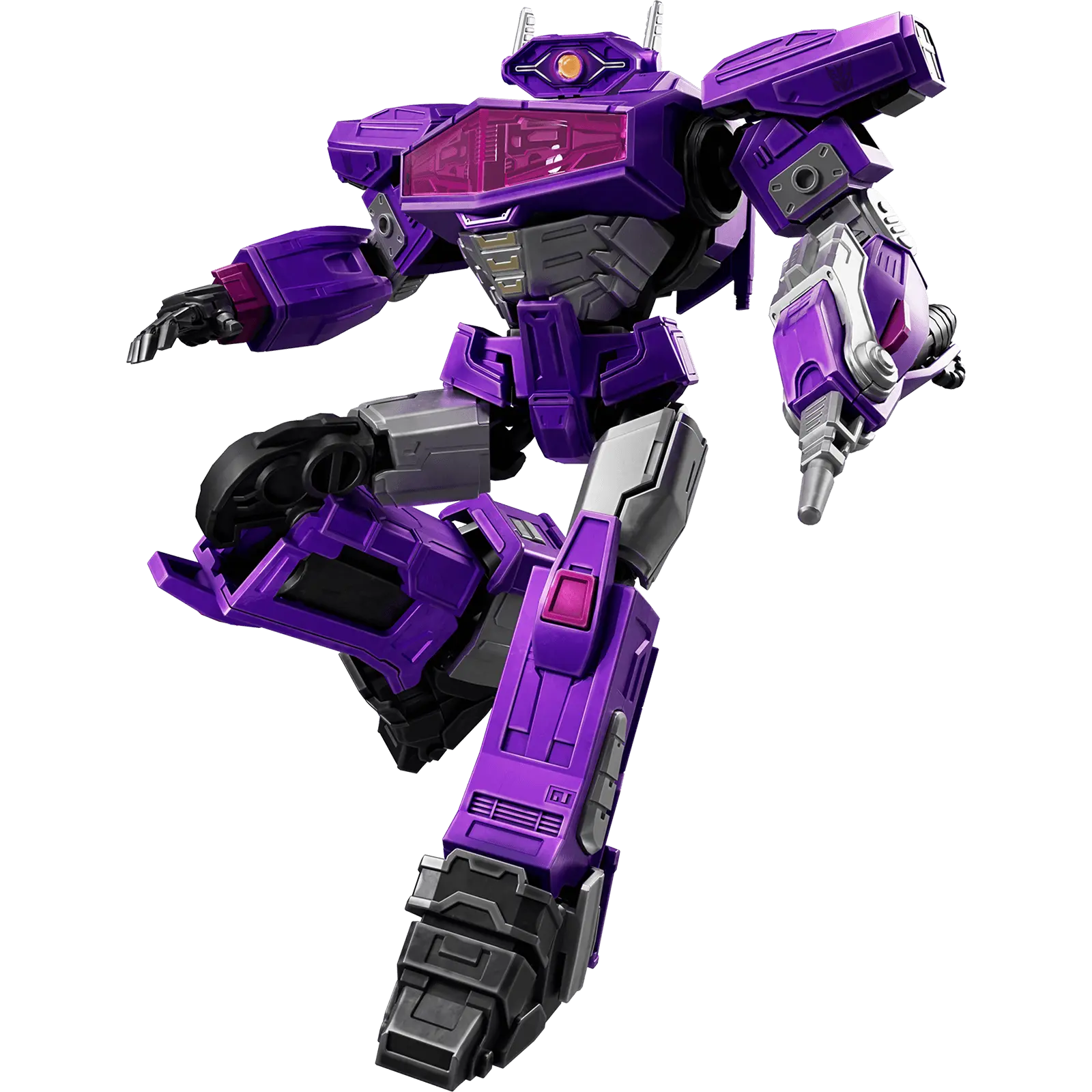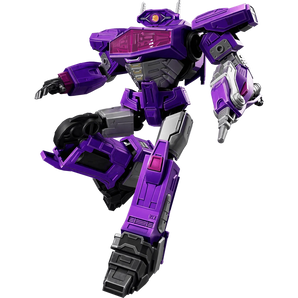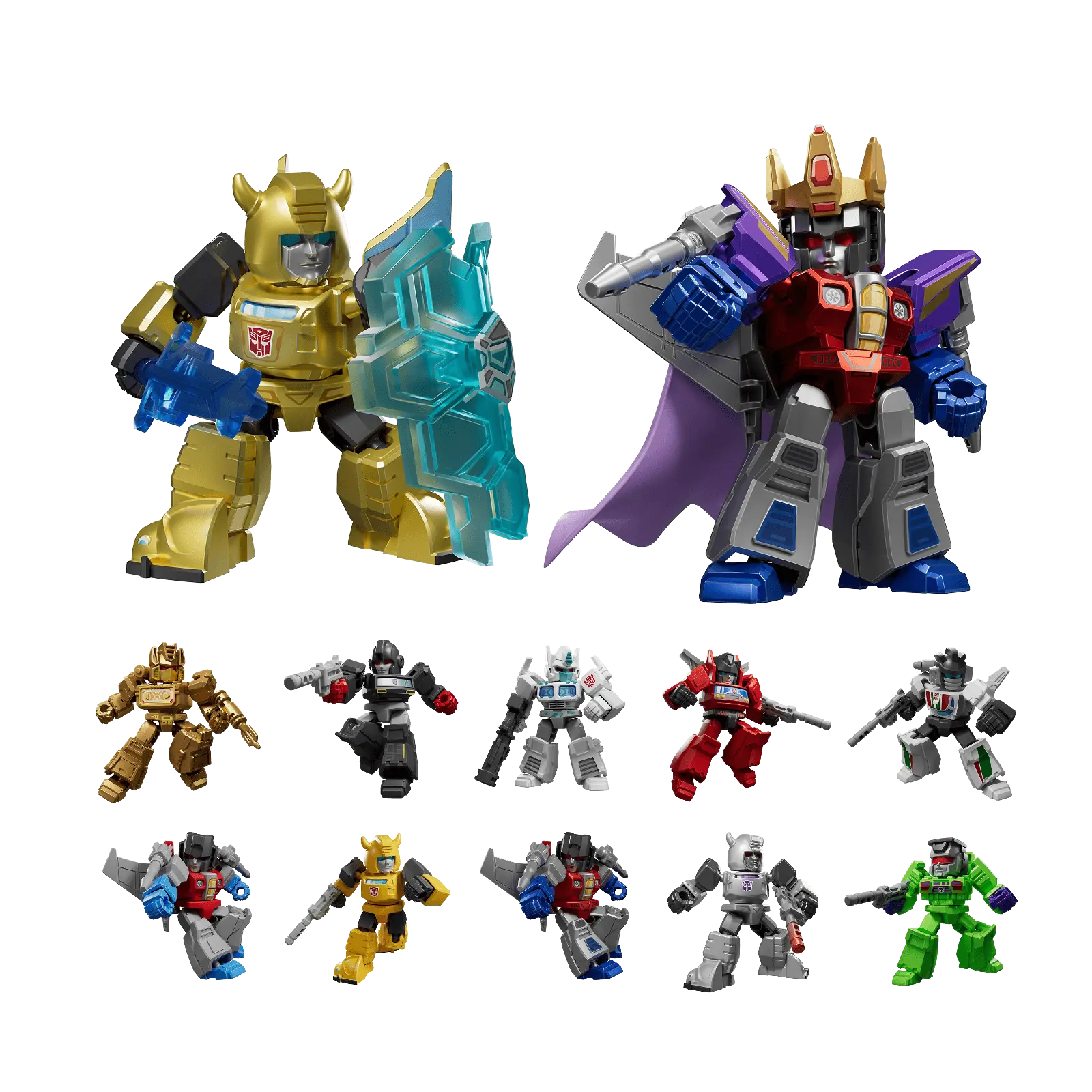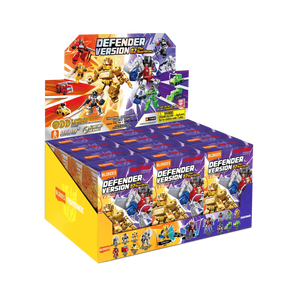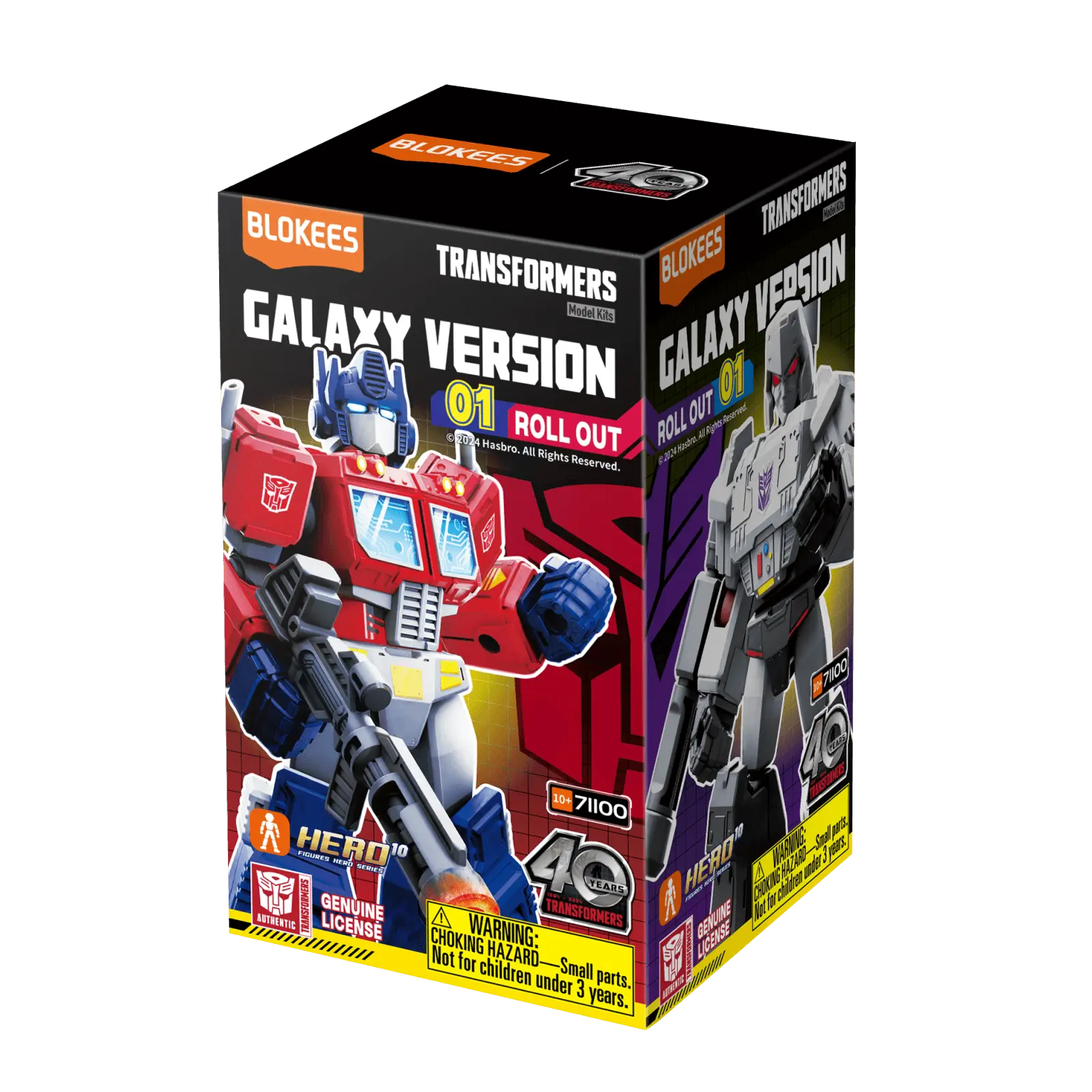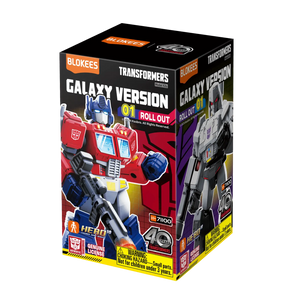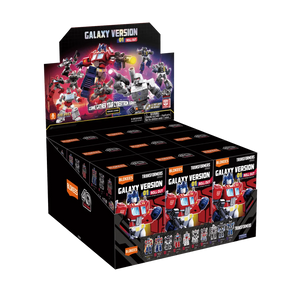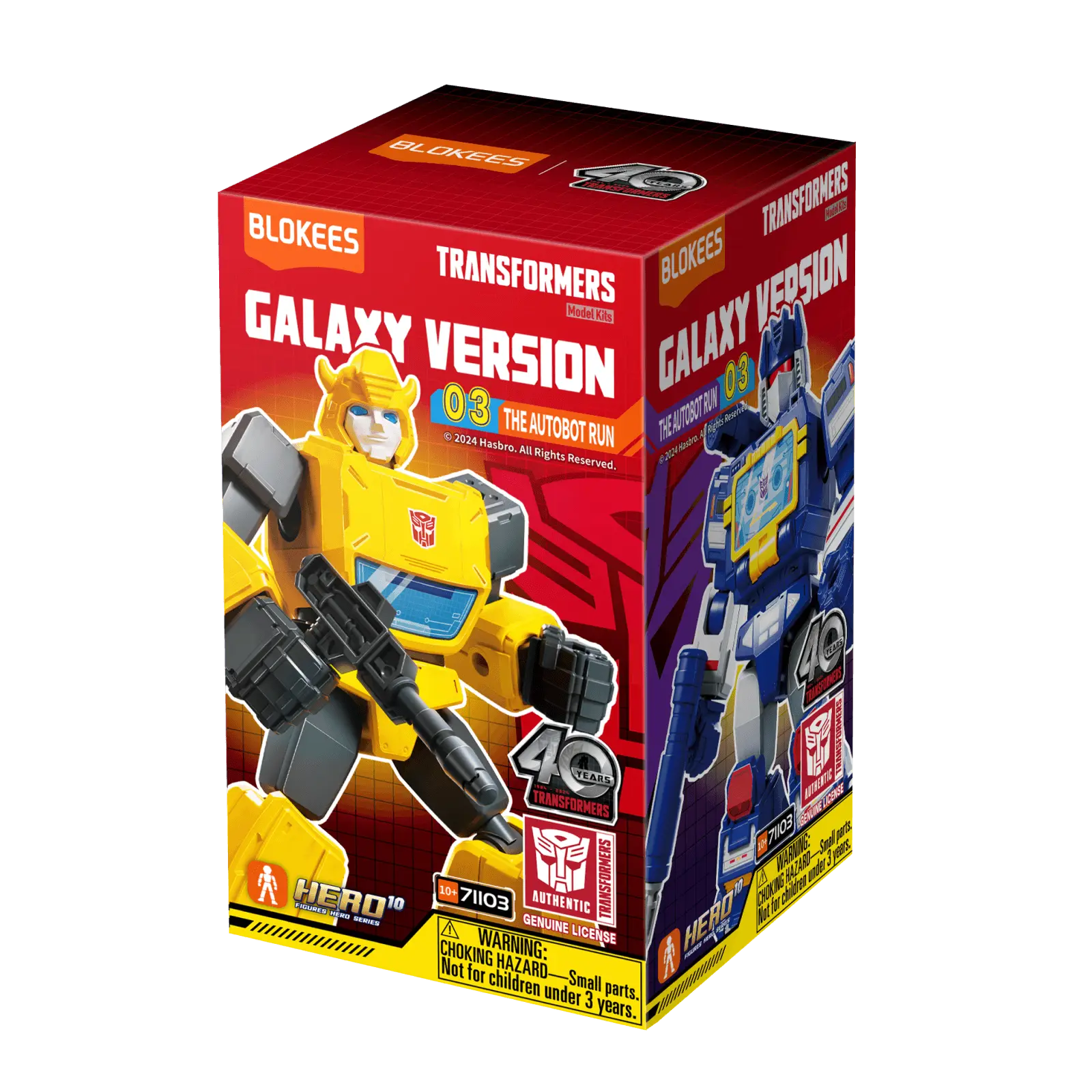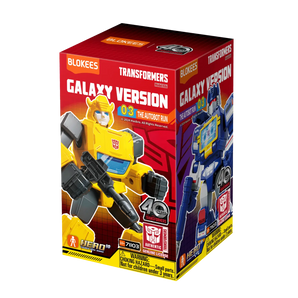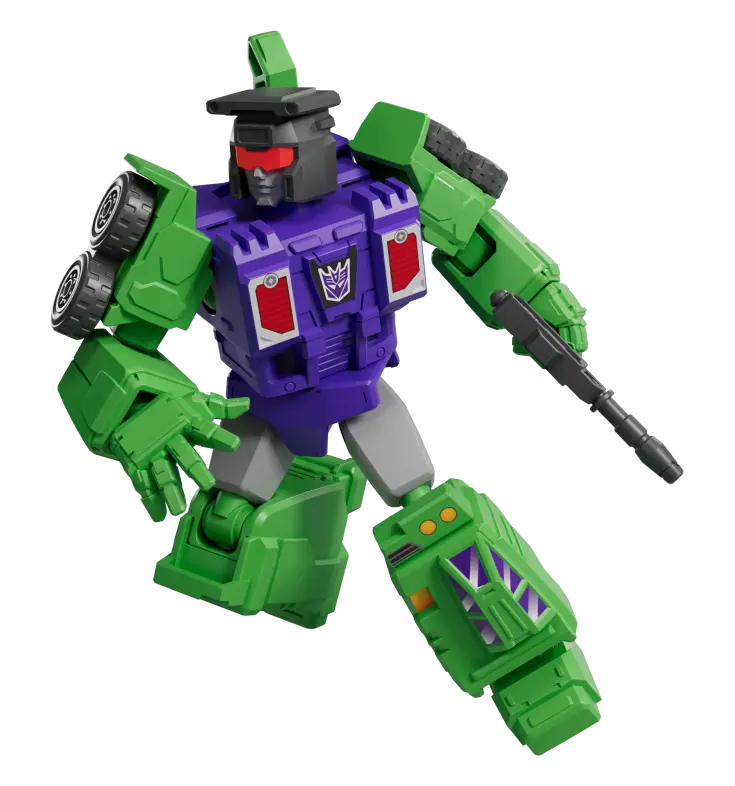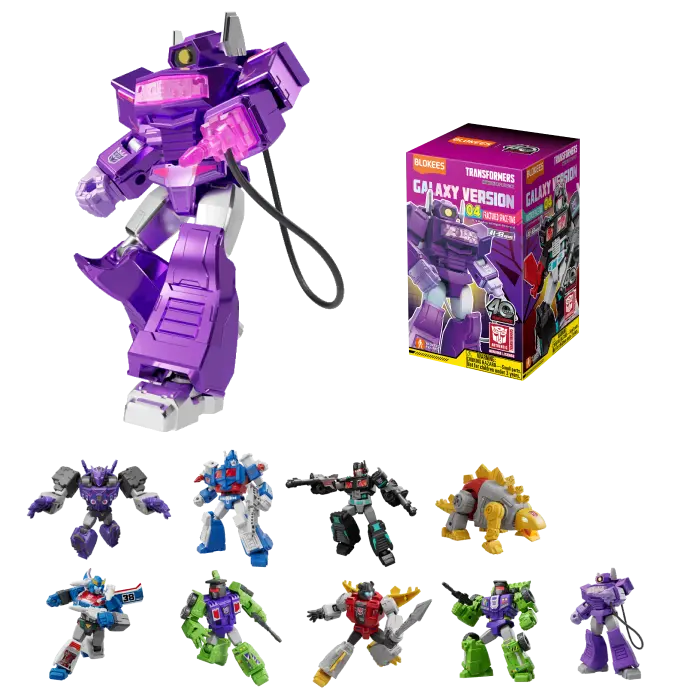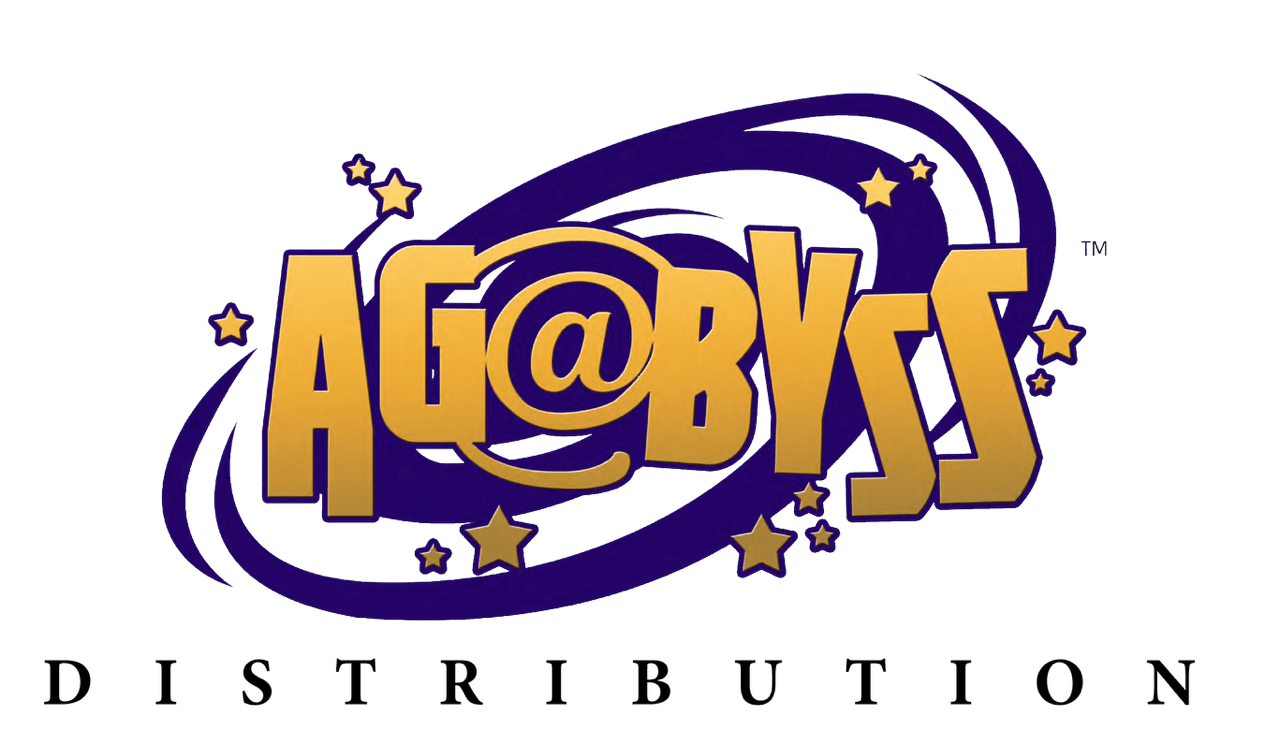For fans of the iconic Saint Seiya saga, the saga-building sequel series Saint Seiya: The Next Dimension held many expectations. What did the ending deliver? How did it tie into the broader mythos of the main characters of Saint Seiya and even the prequel world of Saint Seiya:
The Lost Canvas? In this article we’ll unpack the ending of Next Dimension, link it back to the core saints you know and love, and show how fans can celebrate that journey with collectible toys from Blokees (see the collection here: Saint Seiya Toys.
What is Saint Seiya: The Next Dimension?

Saint Seiya: The Next Dimension is the official sequel (and partial prequel) manga by Masami Kurumada that continues the story of the original Bronze Saints of Athena, bridging eras and expanding the myth.
Key features:
- It covers the aftermath of the Hades arc and a trip back 243 years into a previous Holy War.
- It introduces new characters while revisiting familiar ones.
- After a long serialization (since 2006), it reached a “final chapter” arc.
The Ending of Next Dimension (Spoiler Alert)
Final Chapter Overview
The final chapter (Chapter 118) brings closure to a story that spanned two decades.
Here’s what happens (in summary):
- The goddess Athena (Saori) reaches a turning point. She declares she will relinquish her godhood and become fully human.
- The god Apollo re-asserts his stance: that the imbalance of gods and humans must be rectified. In that moment, Athena accepts and both she and the Bronze Saints are sent back to the human world — with their memories erased by Apollo’s decree.
- Time travel and its consequences play a central role: the altering of past events, memory erasure, and the boundary between mortals and gods.
Key Themes & Implications
- Mortality & Divinity – Athena’s choice to become human underlines a major shift: the divine stepping down for humanity.
- Memory & Identity – The memory erasure hints at the cost of altering fate and the role of knowledge in heroism.
- Time’s Price – The voyage back into the prior Holy War (243 years ago) shows that even heroes must face consequences when they meddle with time.
Why Some Fans Are Divided
While many welcomed the bold narrative choice, others felt the ending — and parts of the story — were reminiscent of earlier arcs (Sanctuary, etc.). As one user put it:
“90% of Next Dimension plot is also just Sanctuary re-hash dealing with Gold Saints again.”
Thus, while the conclusion is dramatic and final, the path there sparked debate.
Connecting with the Main Characters of Saint Seiya & The Lost Canvas

Original Main Characters of Saint Seiya
The core main characters of the original series include:
- Seiya (Pegasus Saint)
- Shiryu (Dragon Saint)
- Hyoga (Cygnus Saint)
- Shun (Andromeda Saint)
- Ikki (Phoenix Saint)
These characters anchor the mythos, exemplifying courage, friendship and cosmic conflict.
The Lost Canvas Main Characters
In the prequel world of Saint Seiya: The Lost Canvas, the focus shifts to:
- Tenma (Pegasus Saint of the 18th century)
- Alone (vessel of Hades)
- The other Saints of that era who fought the Holy War against Hades’ forces.
Understanding their struggle enriches the Next Dimension timeline, because the events of the past loop back in time.
How Next Dimension Bridges Them
- Next Dimension explicitly ties the 20th-century Saints with their 18th-century counterparts.
- The ending treats memory, time travel and reincarnation, meaning the identities of the “main characters of Saint Seiya” and “Saint Seiya: The Lost Canvas main characters” all interlink.
- Collectors and fans who know the characters across these works will appreciate the narrative depth.
Why This Matters for Fans & Collectors
- Narrative Completion: The ending gives closure to a long-running chapter in the franchise (18+ years in production).
- Character Legacy: It honours the main characters across different eras of the franchise.
-
Merchandise Significance: For collectors of toys, statues and figures, the ending elevates the value of figures representing these characters and their pivotal moments.
For example, if you browse the Saint Seiya toys, you’ll find models representing the legendary Saints across eras — making this closure even more meaningful.
How to Choose Saint Seiya Merchandise After the Finale

- Focus on your favourite era – Whether you love the original main characters, the Lost Canvas era, or the Next Dimension era, pick figures accordingly.
- Look for special editions – Post-ending, some releases may celebrate this “final chapter” moment.
- Complete the collection – If you already have figures of Seiya, Shiryu, etc., consider getting Tenma or Alone to fill the historical link.
- Use internal links for discovery – Check the toys collection, and while you’re there also explore New Arrivals and Best Sellers to stay up to date with releases.
- Age & Price-range awareness – There are collections for all ages (Age 3+, 8+, 12+, etc) and price bands (under $25, $25-50, $50+). This makes it accessible whether you’re a casual fan or a serious collector.
Legacy of the Ending & Impact on the Franchise
This section explores how the ending of The Next Dimension has shaped the broader Saint Seiya franchise, fan reception, and potential future storylines.
Key points to include:
- The Next Dimension ran for about 18 years before its major arc concluded.
- How the ending affects continuity: by erasing memories, altering fate, and inviting potential spin‐offs or new timelines.
- The influence on character legacy: original main characters (Seiya, Shiryu, etc) and how their roles have been reframed by the ending.
- Fan reaction: some fans felt the conclusion was satisfying, others felt certain plot threads remained incomplete.
-
Implications for merchandise, collector demand, and renewed interest in older arcs (like the Lost Canvas era).
This section helps the reader understand why the ending matters, beyond just “what happened”.
Key Themes & Symbolism in the Ending
Delving into deeper themes helps engage readers who search for meaning behind the narrative, not just plot.
Suggestions:
- Time & Fate: The journey back 243 years, the curse on Seiya, and how time travel becomes central.
- Mortality & Divinity: Athena choosing to become human, gods interacting with humans, Saints caught between.
- Memory & Identity: Memory erasure, identity of reincarnations, what it means to be a Saint across time.
- Legacy & Succession: How the main characters of Saint Seiya and The Lost Canvas interweave, the passing of mantles, and legacy of warriors like Tenma.
-
Sacrifice & Friendship: Classic Saint Seiya motifs revisited, especially in the ending’s context.
Including this gives the article depth, appealing to more thoughtful fans and improving time-on-page and share-ability.
Timeline & How the Ending Connects the Eras
Since The Next Dimension ties together multiple eras (the original series, the Lost Canvas prequel, the mythic past), a clear timeline section will help clarity.
Structure:
- Era 1 – Original Bronze Saints era: Introduce the core main characters of Saint Seiya (Seiya, Shiryu, Hyoga, Shun, Ikki) and their battle against Hades.
- Era 2 – The Lost Canvas (18th century Holy War): Highlight the main characters of The Lost Canvas (Tenma, Alone, etc) and how their story foreshadows later events.
- Era 3 – Next Dimension’s timeline (20th century + time travel to 18th century + mythic references): Explain how the ending ties things together and bridges the 18th century Saints with the present-day Saints.
- Use bullet points and maybe a simple visual timeline (you can insert an infographic if publishing online) to help readers visually follow.
This section caters directly to users searching for “saint seiya the lost canvas main characters” and clarifies the relationship between all characters and arcs.
What the Ending Means for Saint Seiya Figures & Toys
Since your article links to the toy collection pages, this section grounds the narrative in actionable collector info.
What to cover:
- Post‐ending surge or renewal of interest in characters: e.g., original main characters, Lost Canvas era characters, Next Dimension characters.
- Recommendations for collector groups: “If you loved the time-travel twist and 18th century era, look for figures of Tenma, Alone, Gold Saints from 18th century.”
- Blokees collection reference: link to Saint Seiya Toys and also mention how you can explore Transformers Toys or other categories on their site for side-collection interest.
- How to choose age-appropriate or “display vs play” models: talk about age ratings, price ranges on Blokees etc.
- Collector tips: completing an era set (Lost Canvas + Next Dimension characters), limited editions tied to the ending, etc.
This section bridges the narrative content (the ending) with the commercial/collector intent of your site, making it both informative and conversion-oriented.
Predictions & What’s Next After the Ending
Given the ending and open threads, this section invites speculation—helping engage readers who want what comes next.
Contents:
- What potential follow-ups might be: e.g., new manga arcs, anime adaptations of Next Dimension, spin-offs focusing on minor characters revealed in the ending.
- Question the open mysteries: time travel implications, memory erasure consequences, the role of gods like Chronos or Apollo in future stories.
- Collector impact: future toy releases tied to newly popular characters or events from the ending, hints at limited editions commemorating the finale.
- Encourage readers to explore other collections now: link back to Saint Seiya Toys, New Arrivals and Best Sellers so they stay ahead of what's next.
-
Quote some fan commentaries or theories for authenticity: e.g., from Reddit, some view the ending as “starts new war rather than ends it”.
By adding prediction content, you extend the relevance of the article beyond immediate recap and foster return visits or sharing.
Frequently Asked Questions
What is the ending of Saint Seiya: The Next Dimension?
The ending (Chapter 118) sees Athena relinquishing her godhood to become human, and the Saints’ memories are wiped by Apollo as a result of time-travel consequences.
Who are the main characters of Saint Seiya and The Lost Canvas?
The main characters of Saint Seiya include Seiya, Shiryu, Hyoga, Shun, and Ikki. The Lost Canvas main characters include Tenma, Alone (Hades’ vessel) and the Saints of the 18th century.
Why does the time-travel element matter in Next Dimension?
Time-travel allows the story to link the 20th century Saints with their historical counterparts 243 years ago, raising the stakes and providing context for the ending.
Does the ending mean there are no more stories in Saint Seiya?
While Next Dimension has concluded its major arc, the franchise continues via spin-offs, new editions, and merchandise. The ending consolidates this chapter but does not necessarily close the door on further explorations.
Conclusion
The ending of Saint Seiya: The Next Dimension represents a bold narrative shift in the long-running franchise. It ties together the main characters of the original series and the era of The Lost Canvas, while offering closure and new beginnings. For fans and collectors, this means a richer context for the figures and models you gravitate towards.
If you’re looking to celebrate the mythos, now is a perfect time to explore the official Saint Seiya toys from Blokees, and equally check out other collections like Transformers Toys.
May your cosmos shine bright — and may your collection reflect the legacy of the Saints.
































